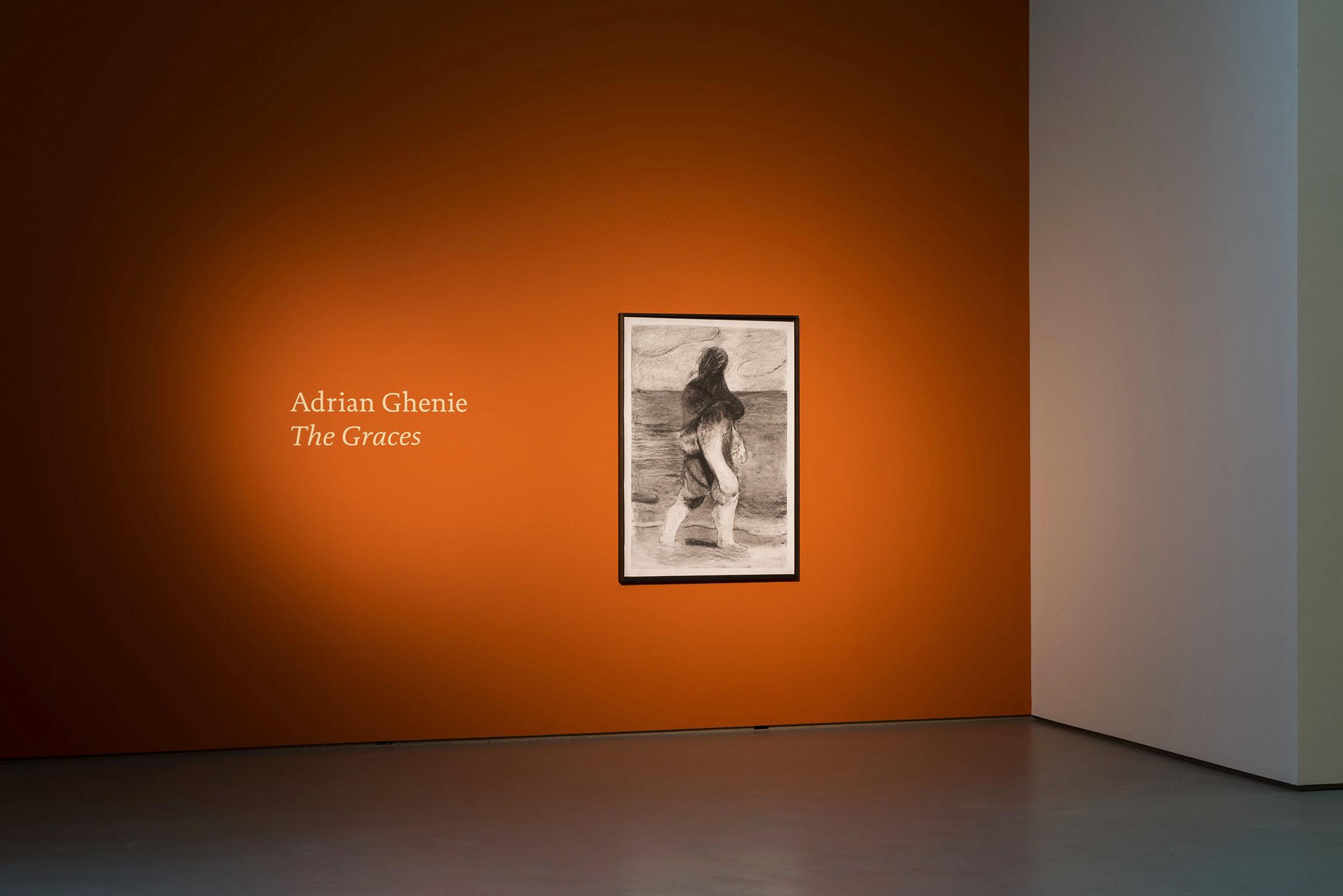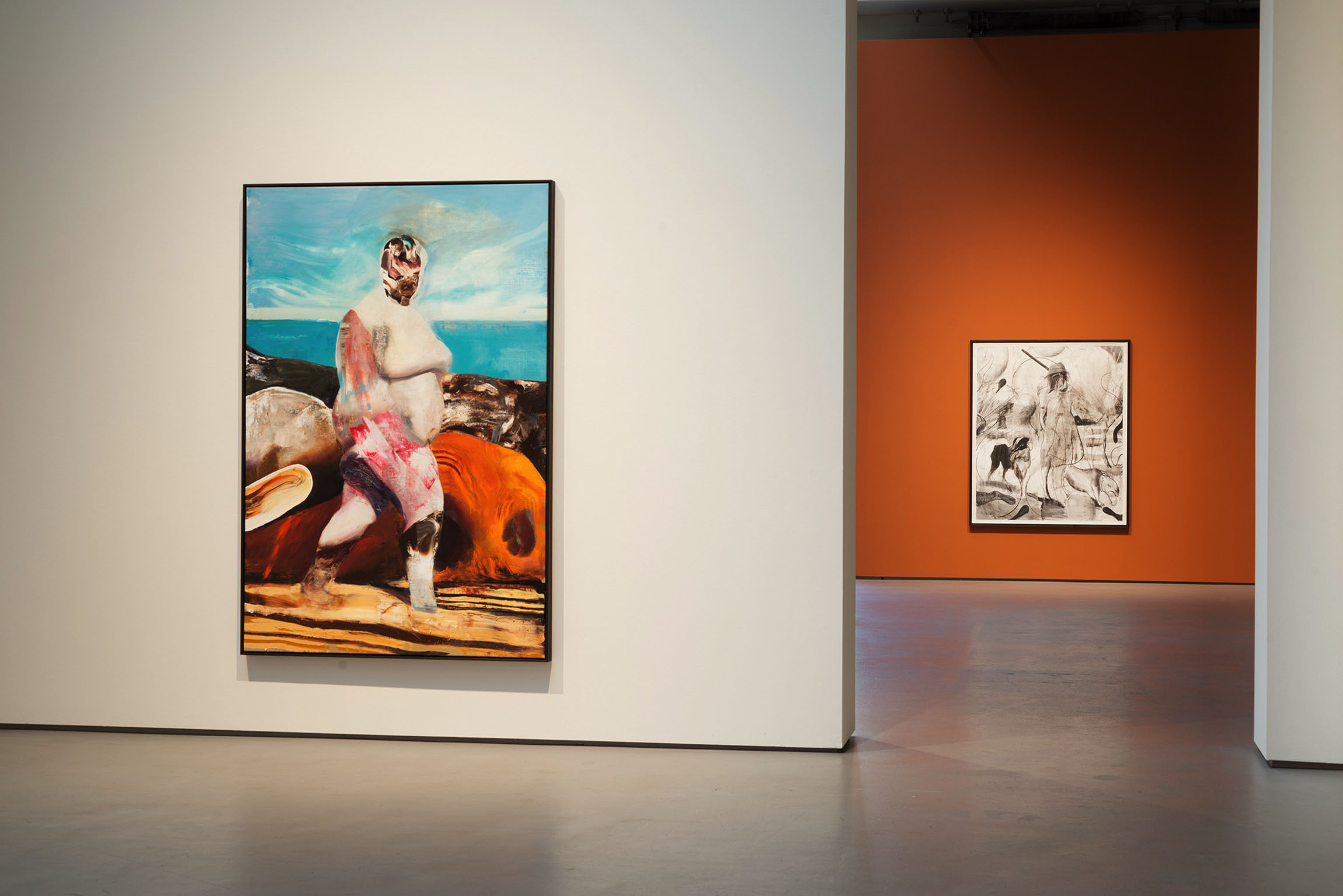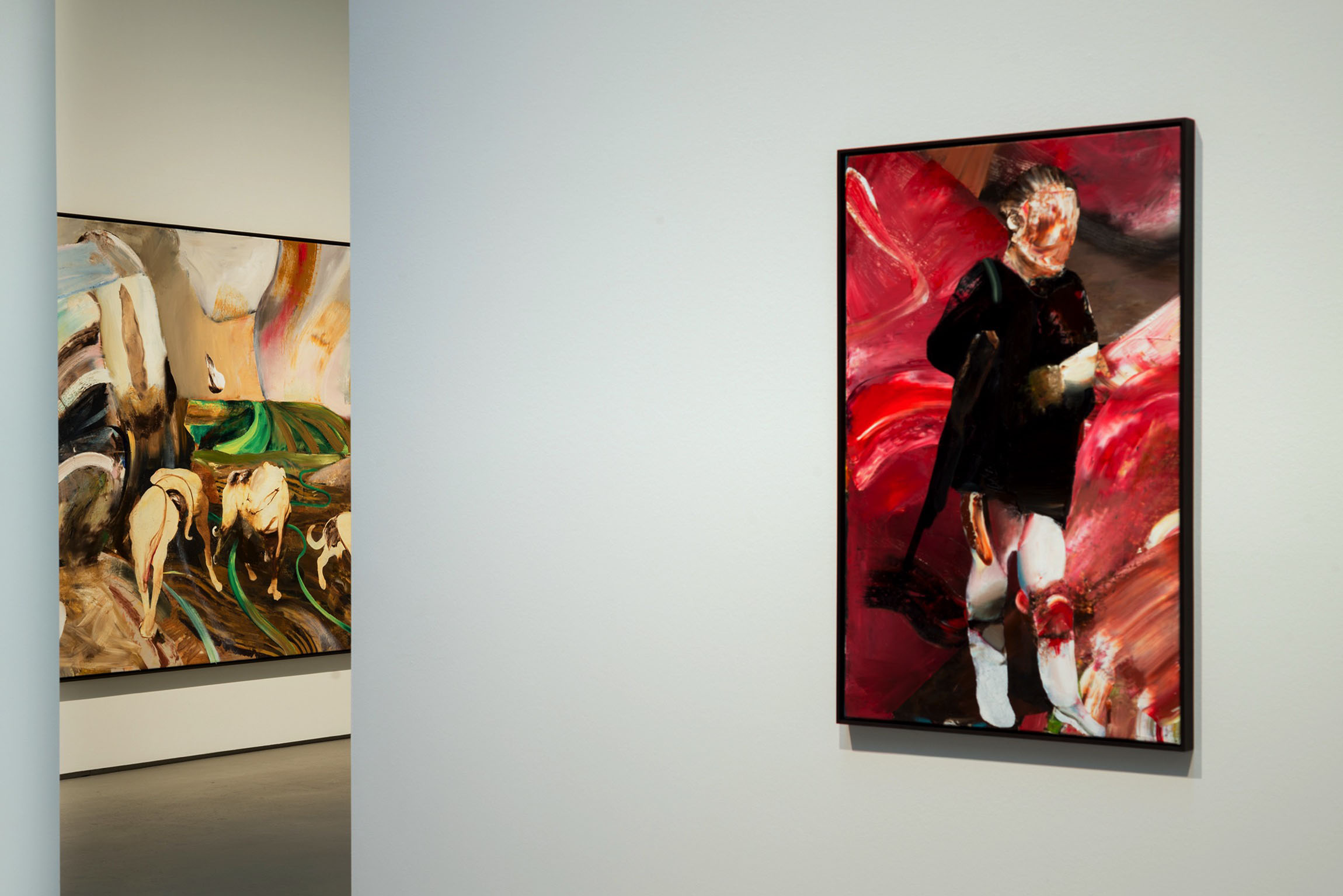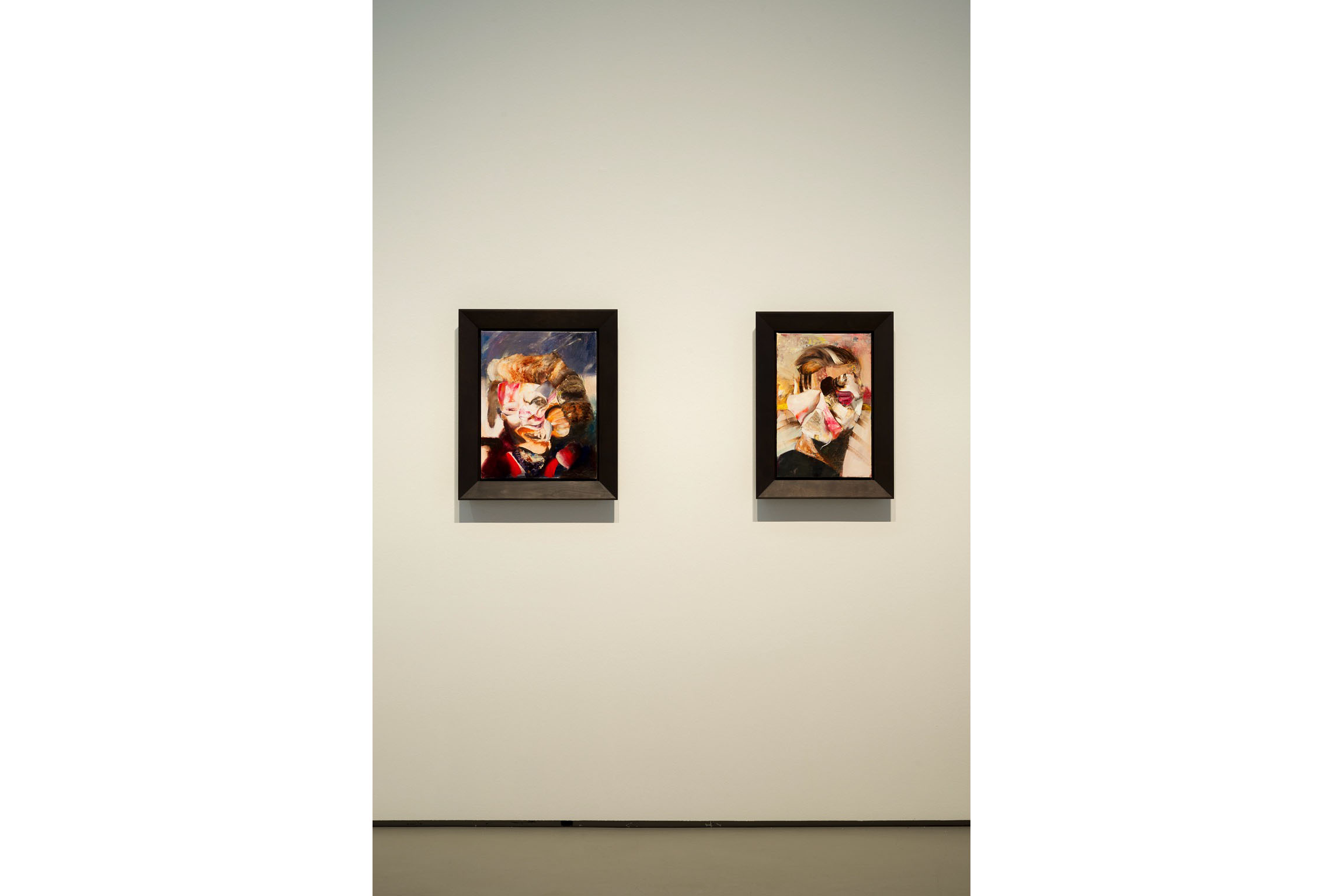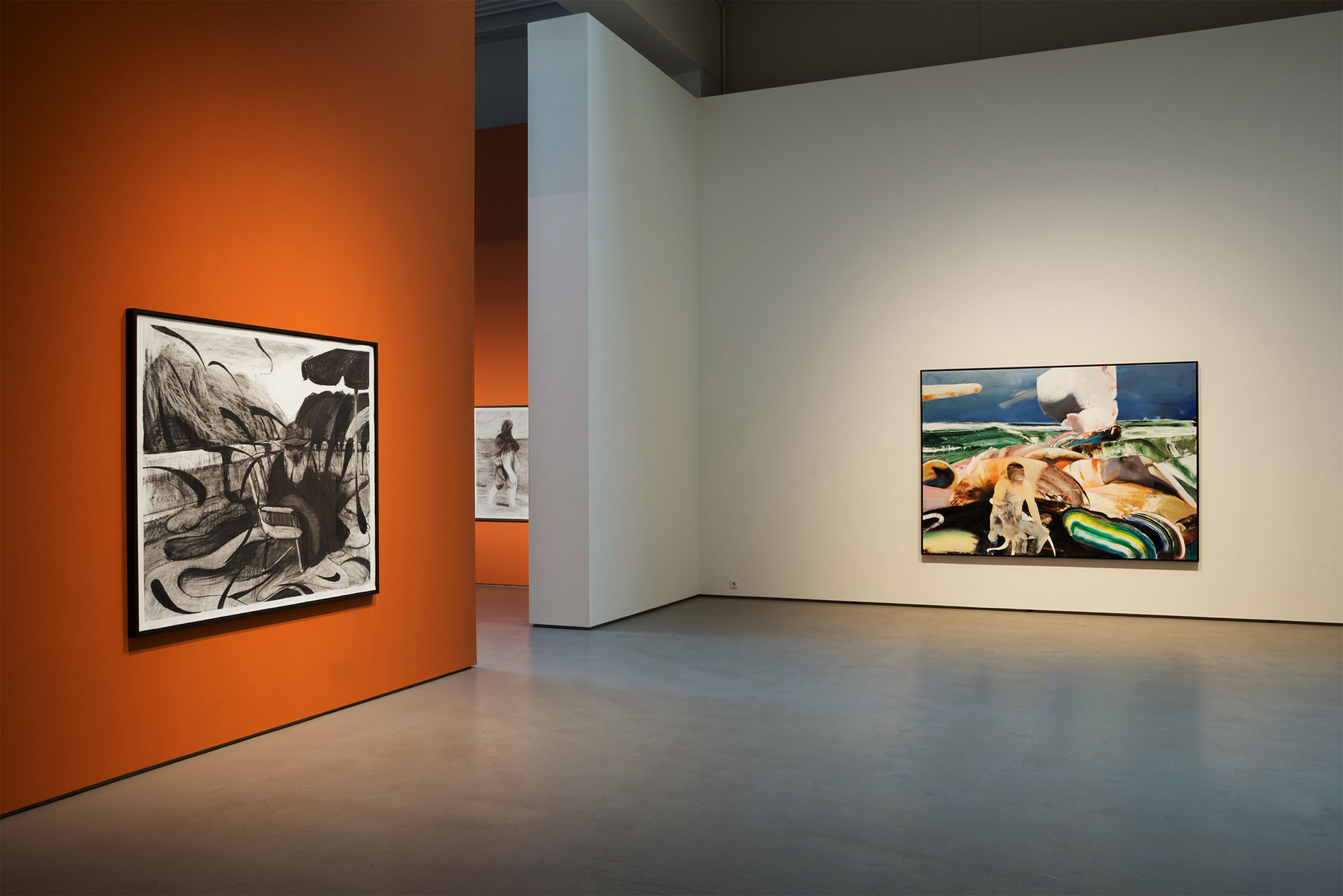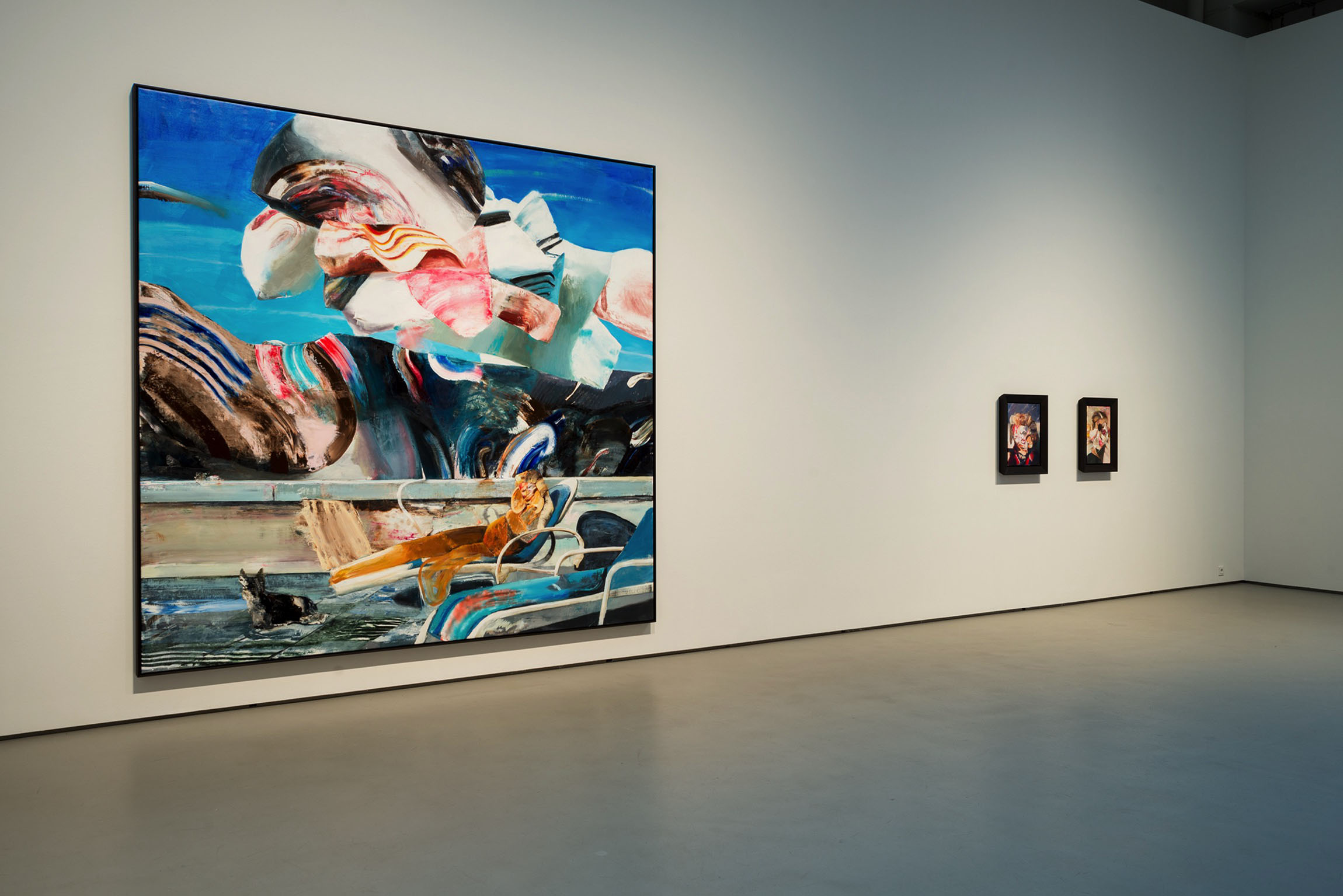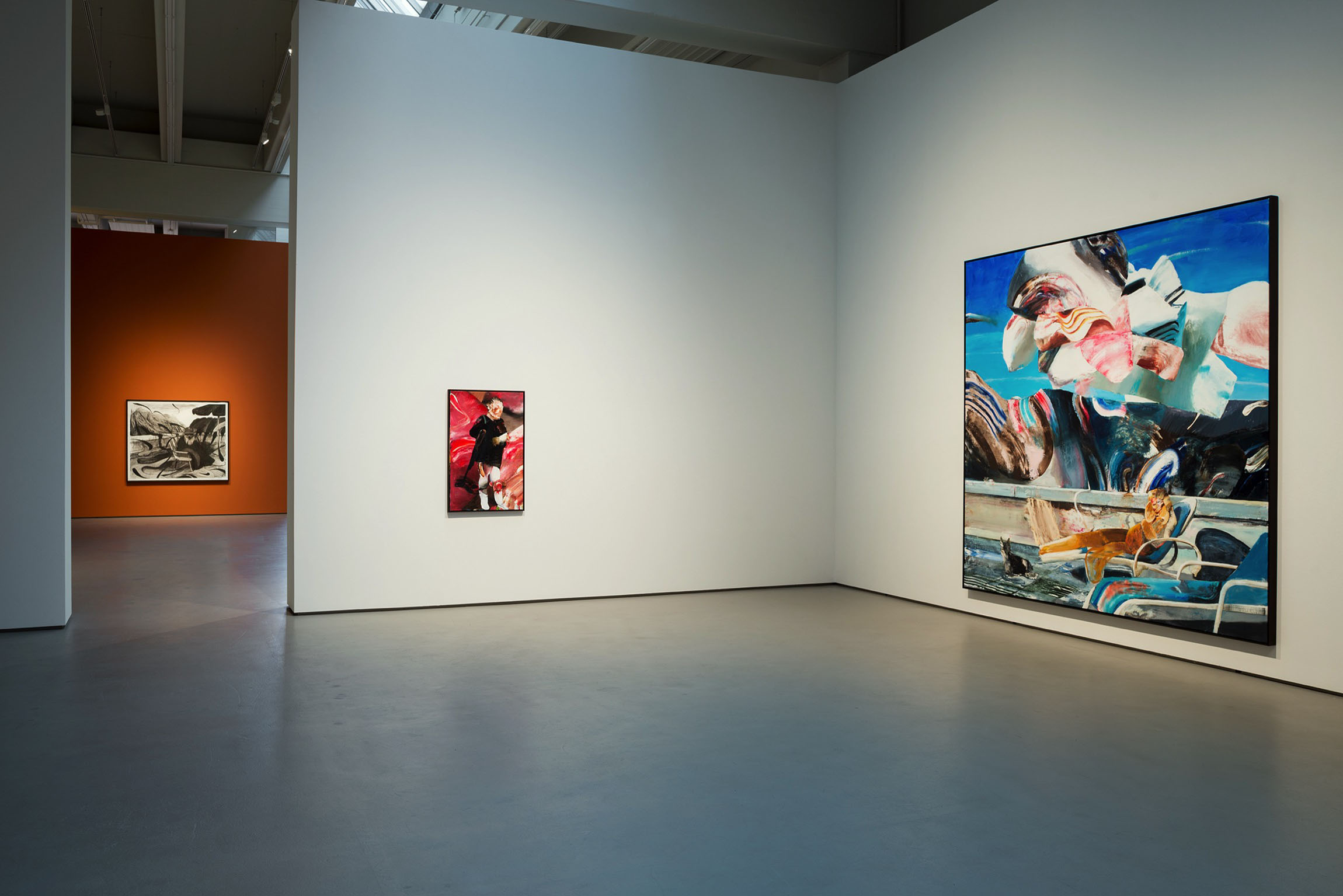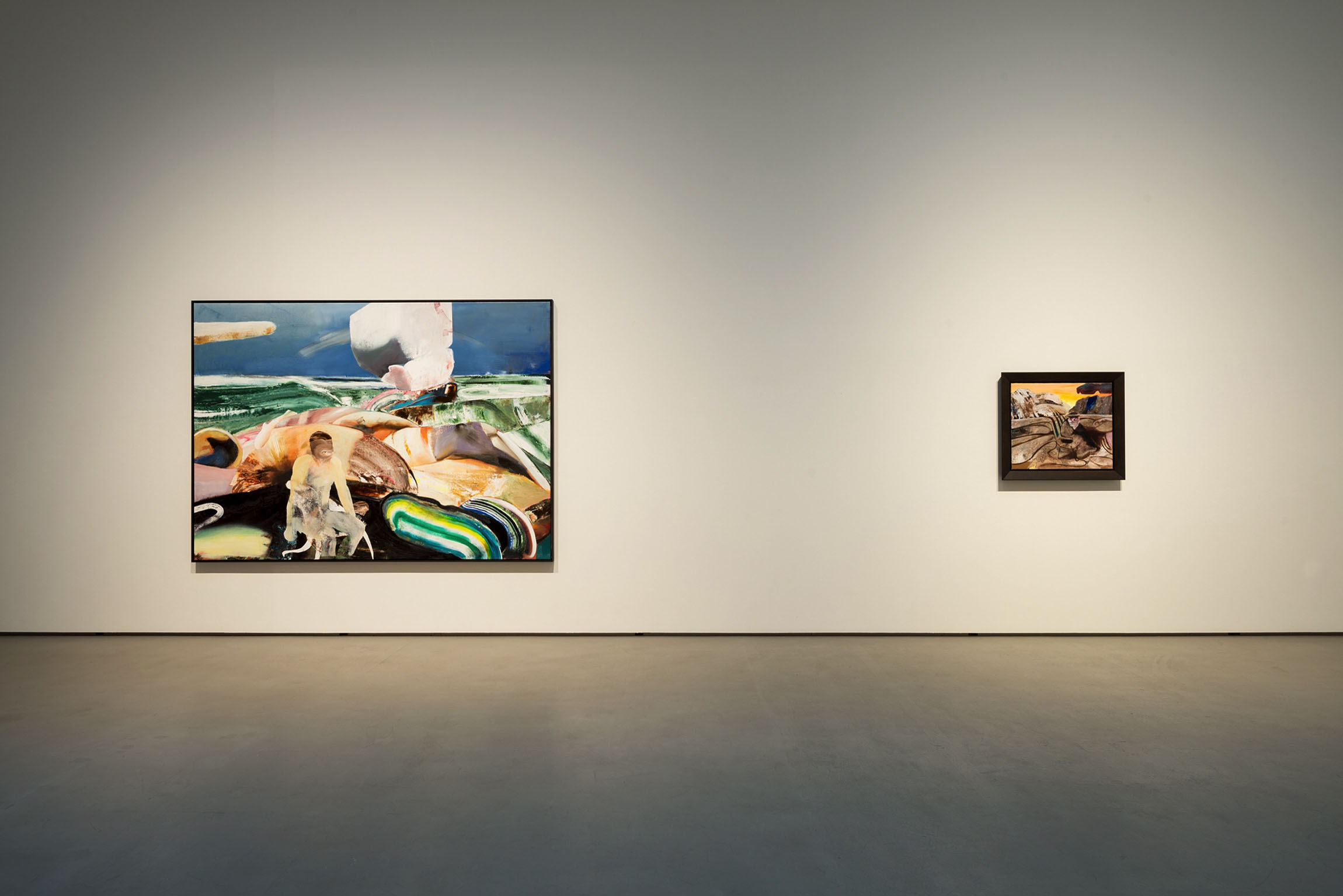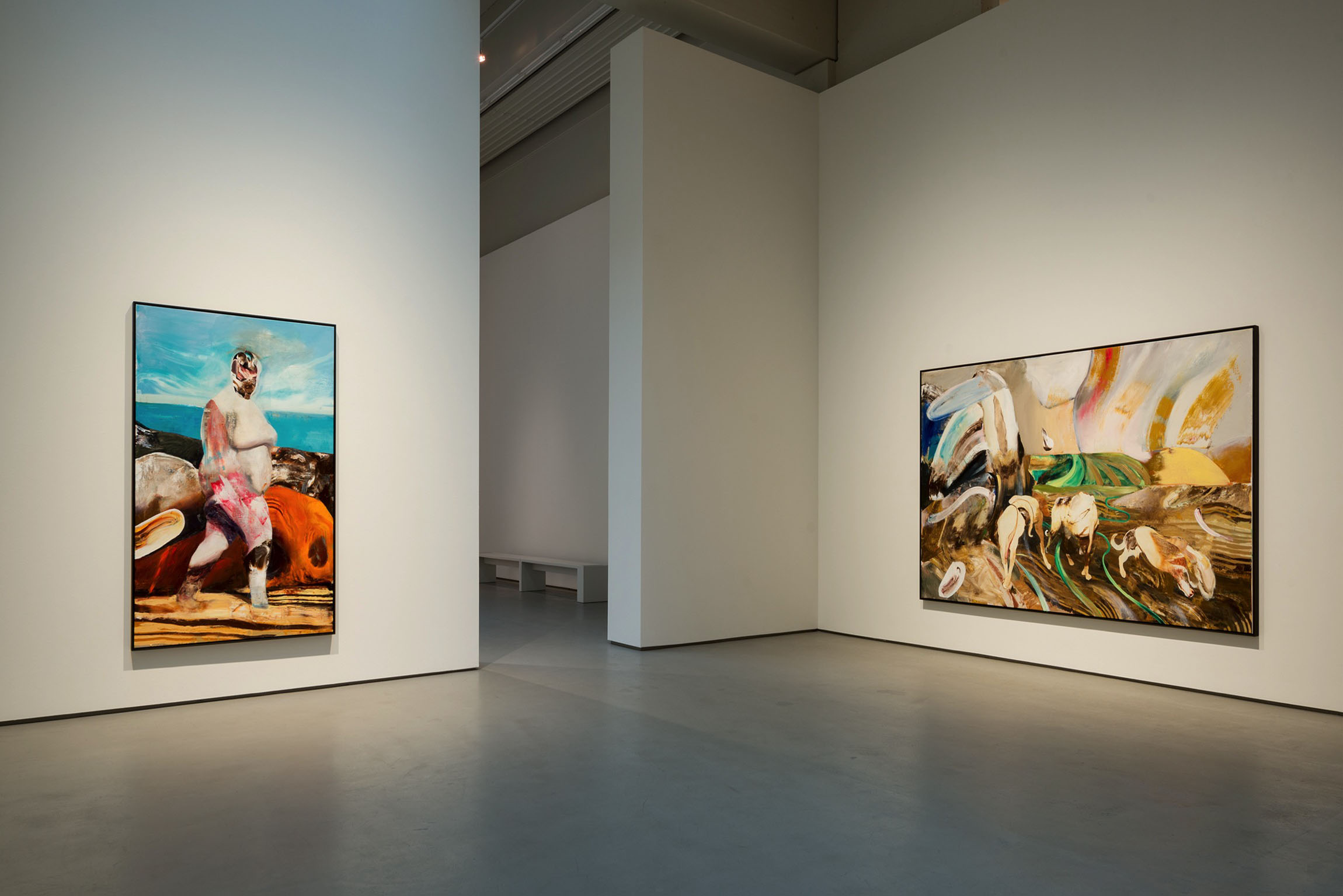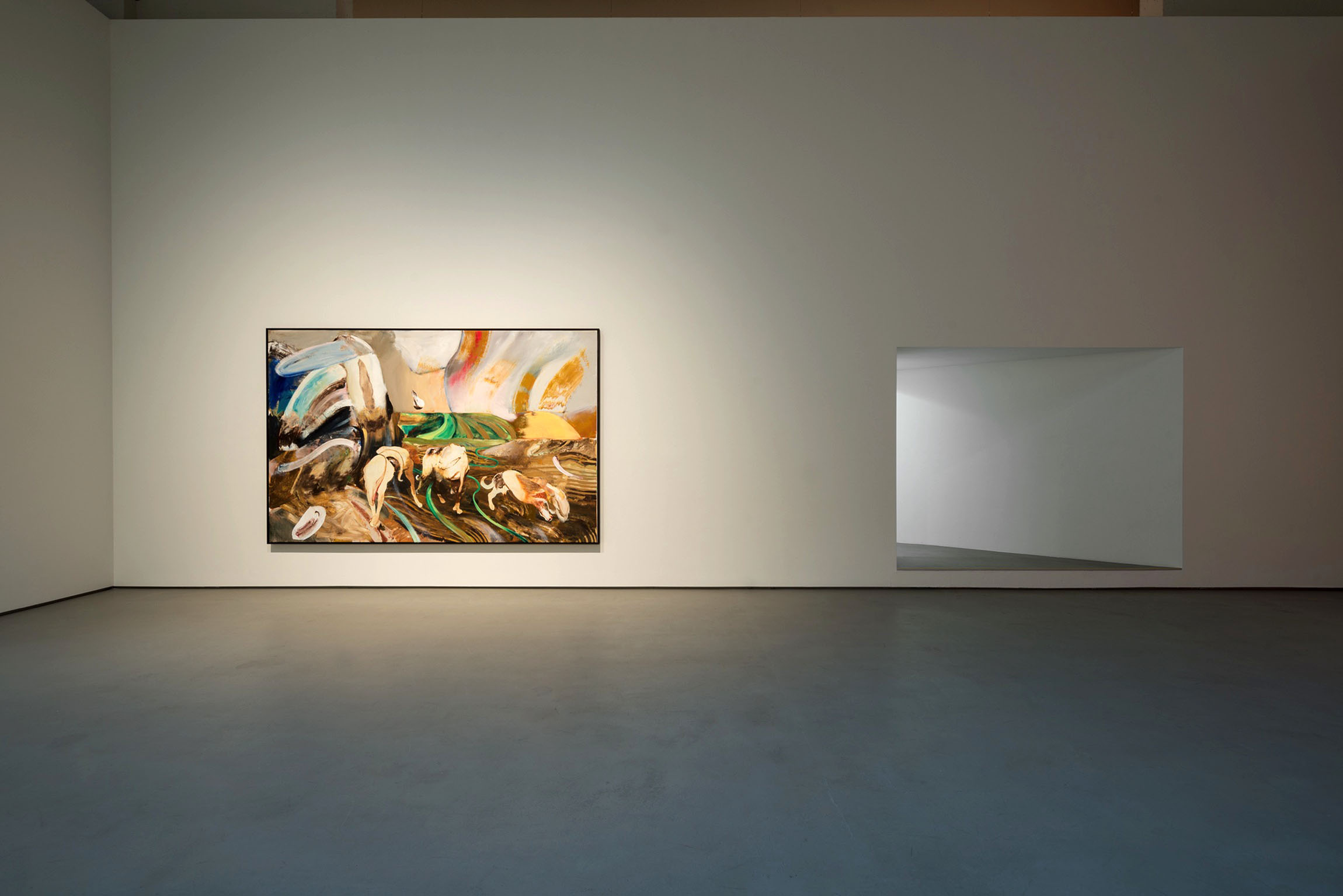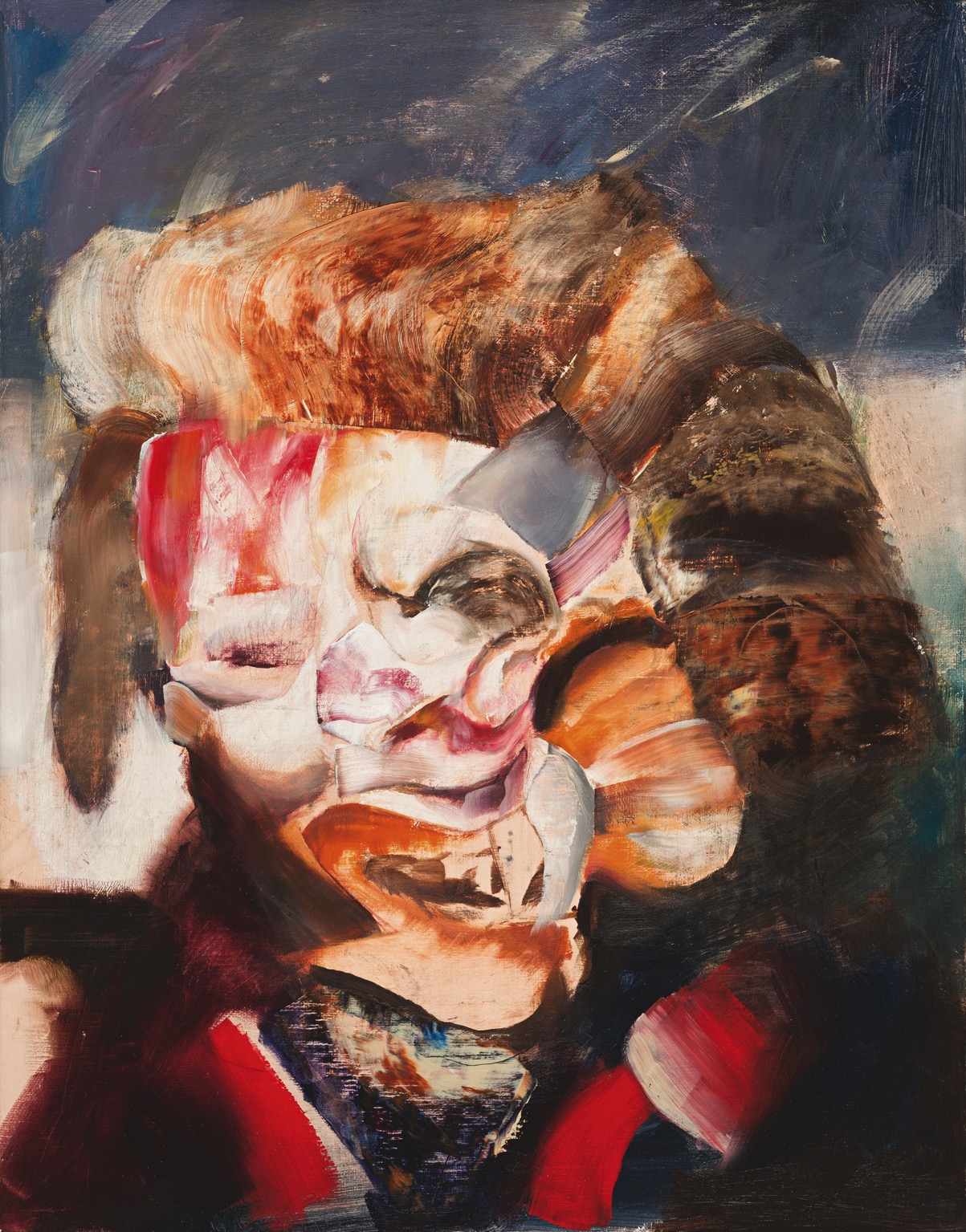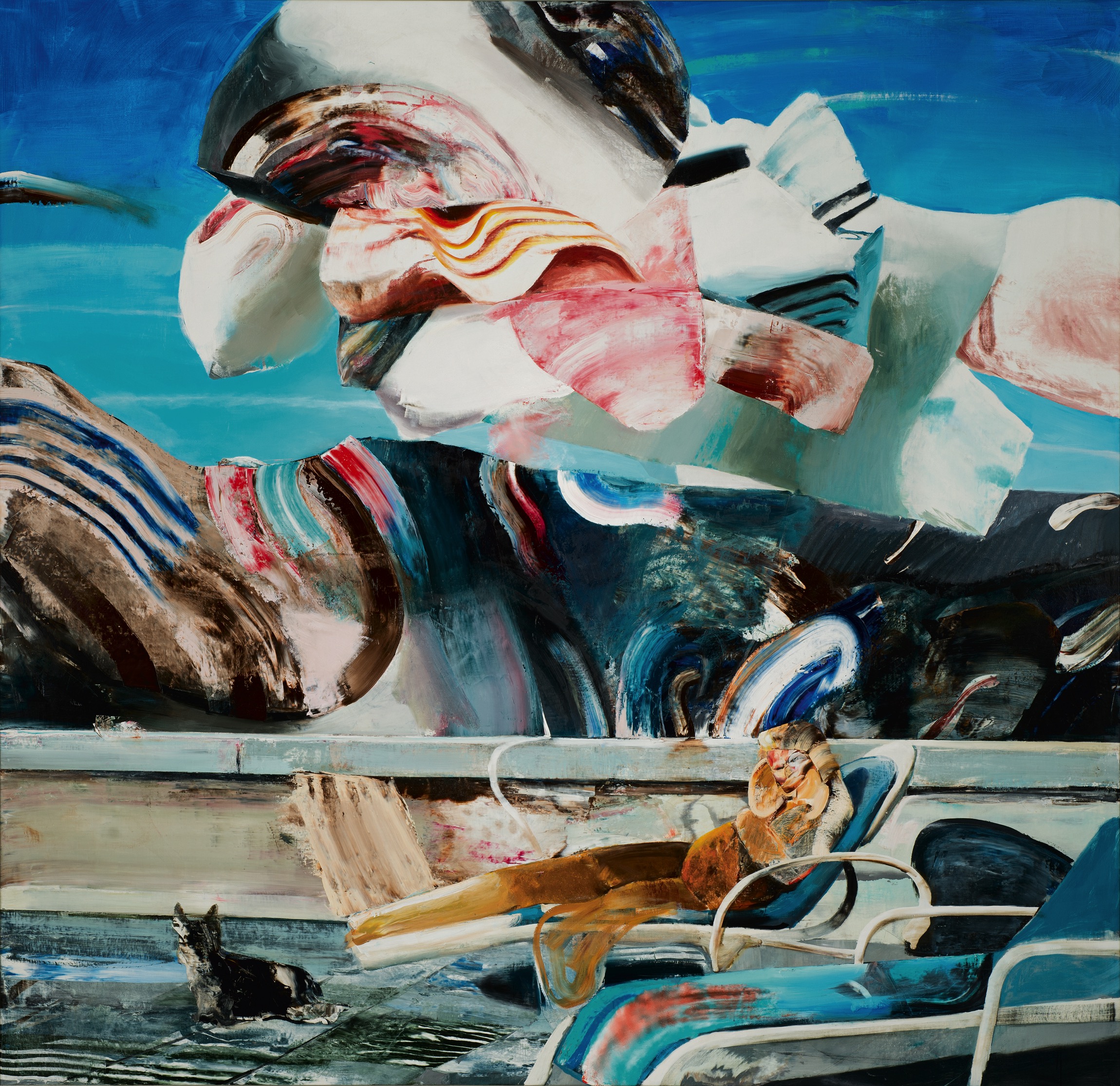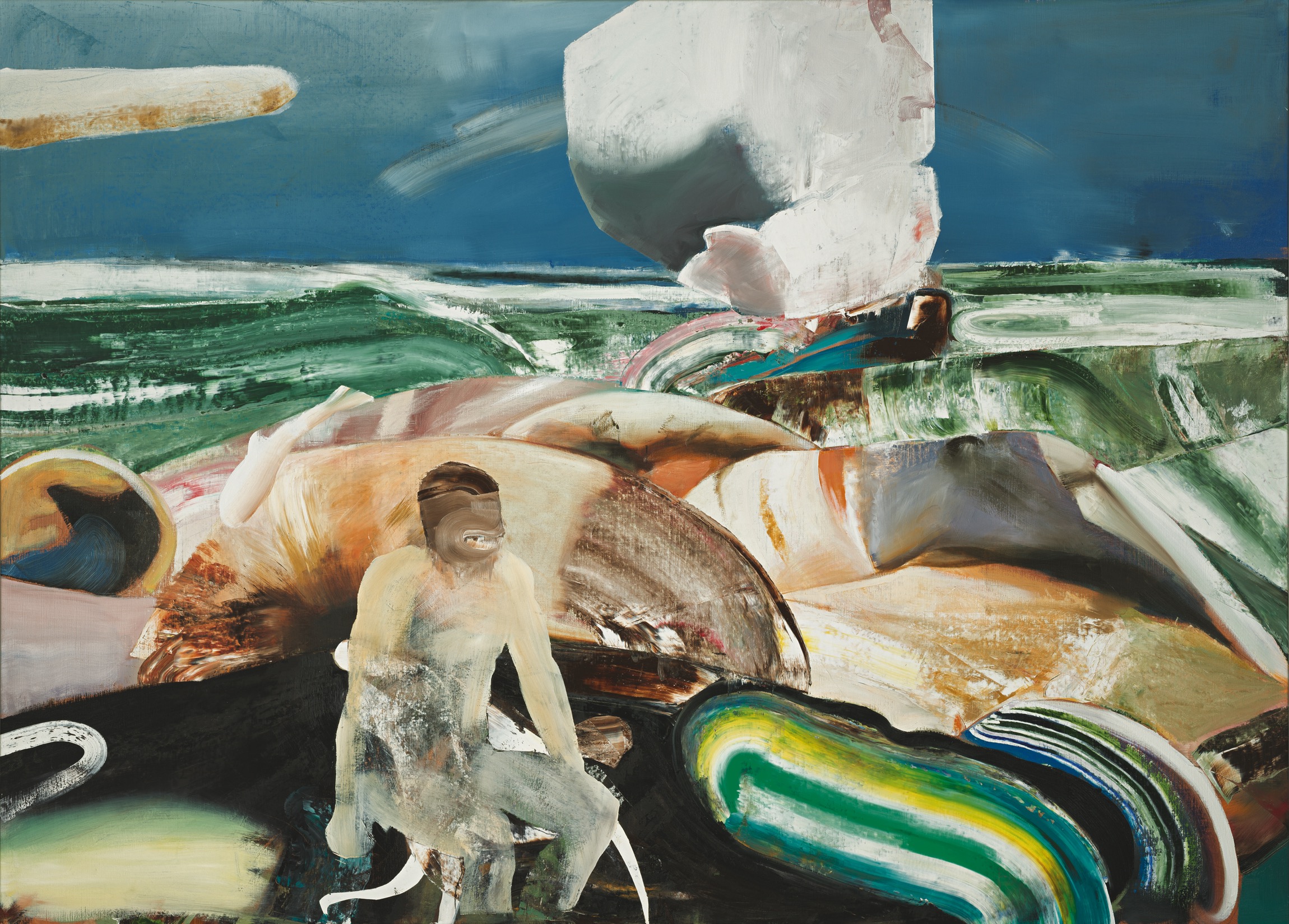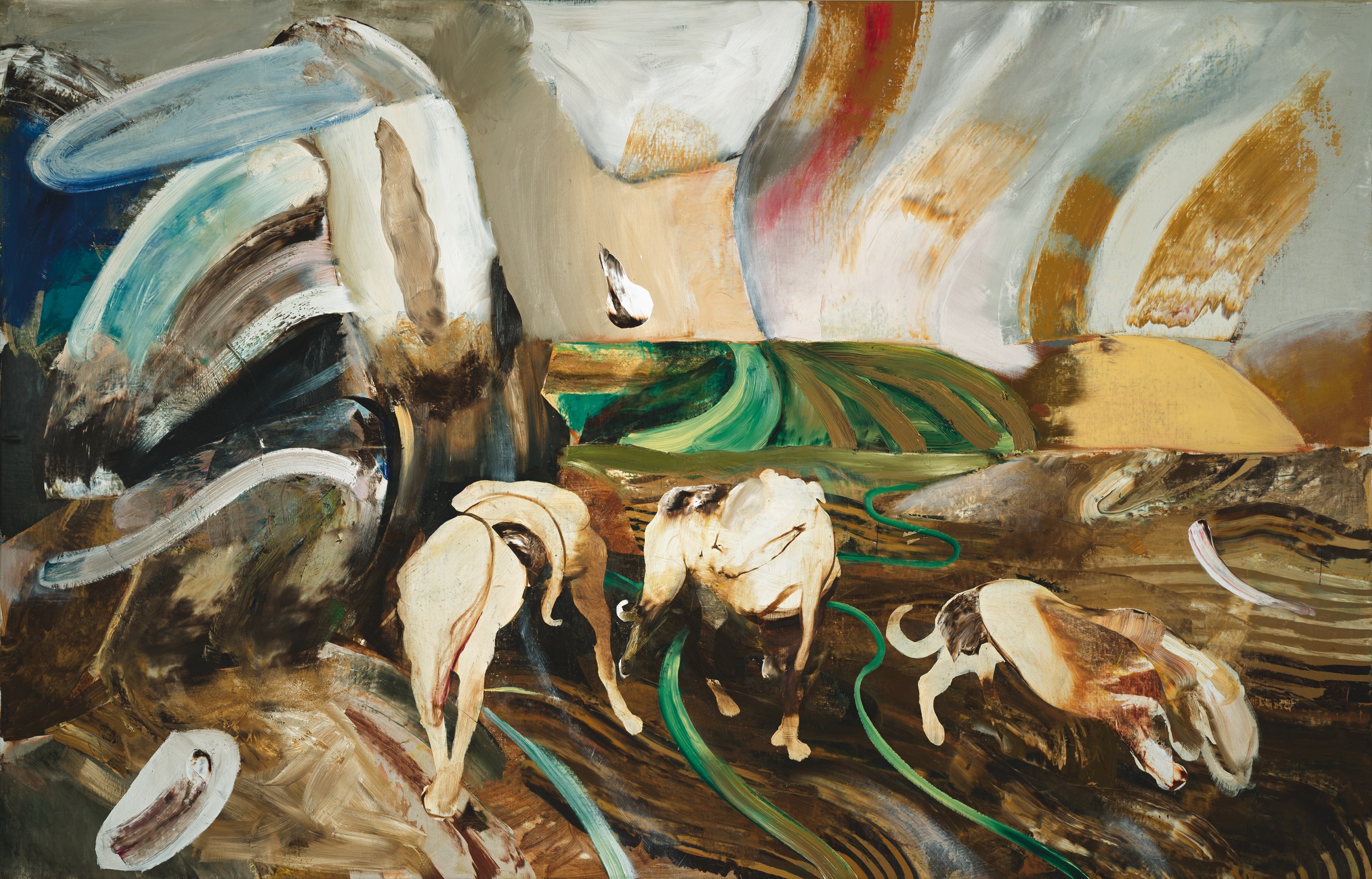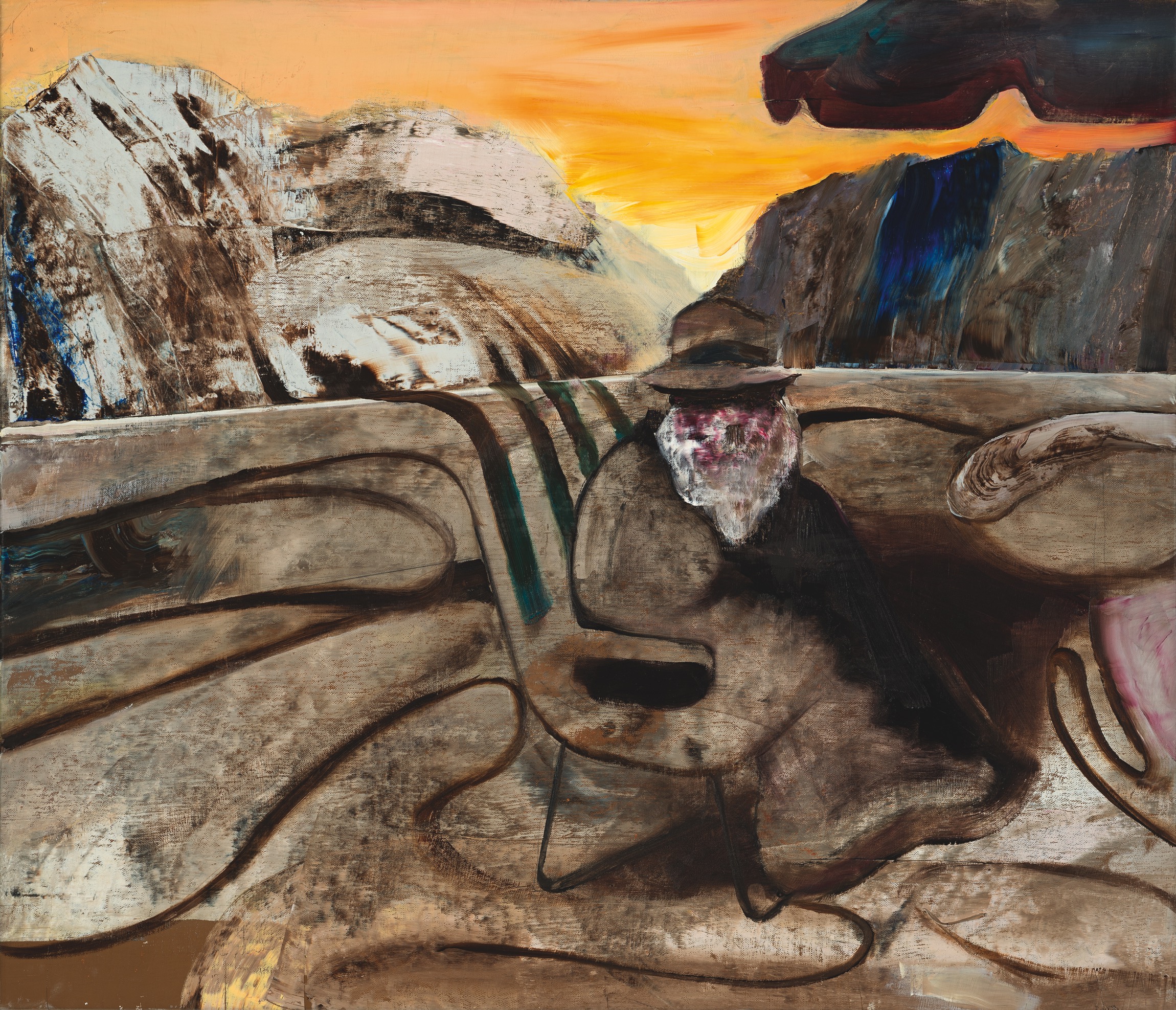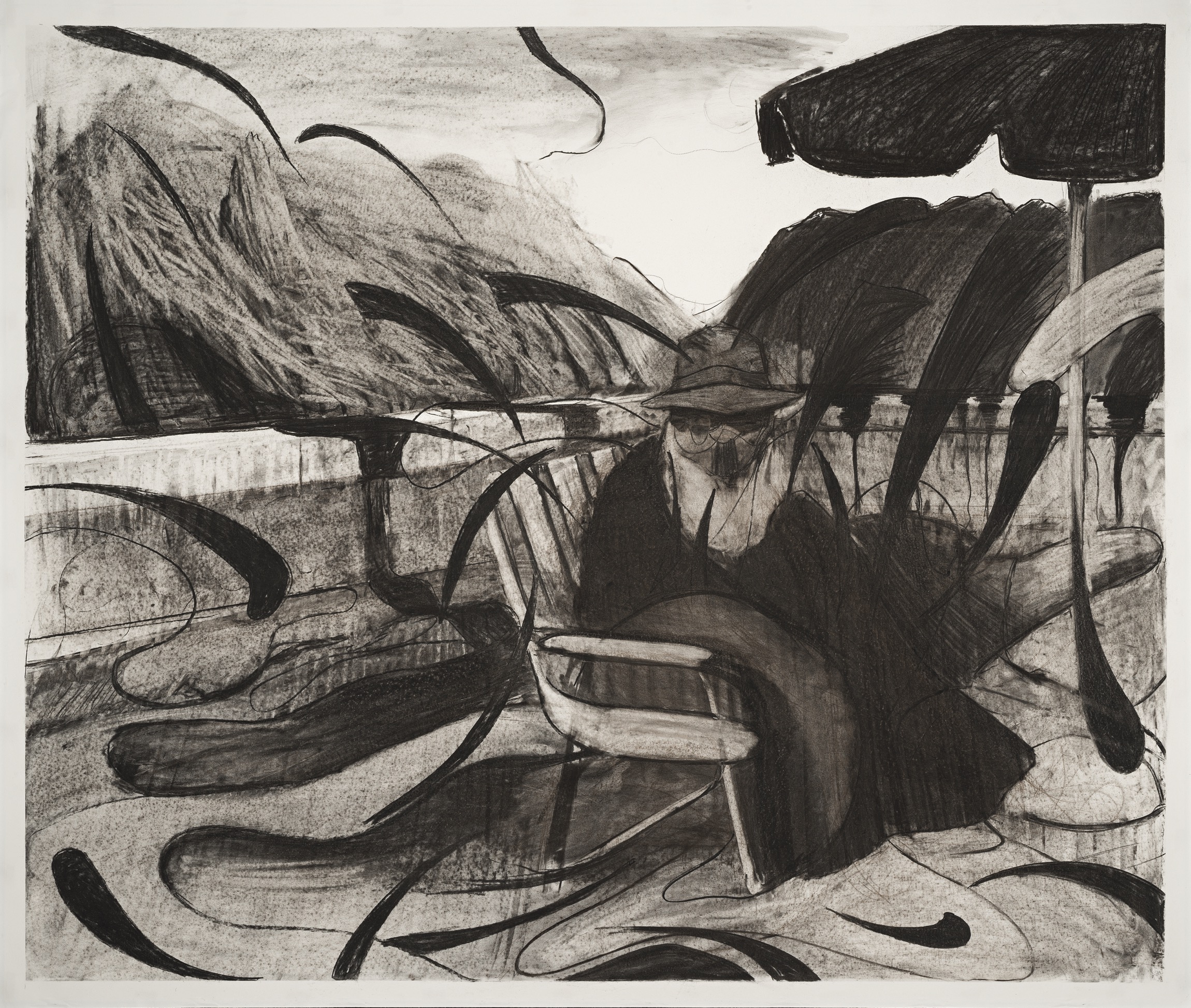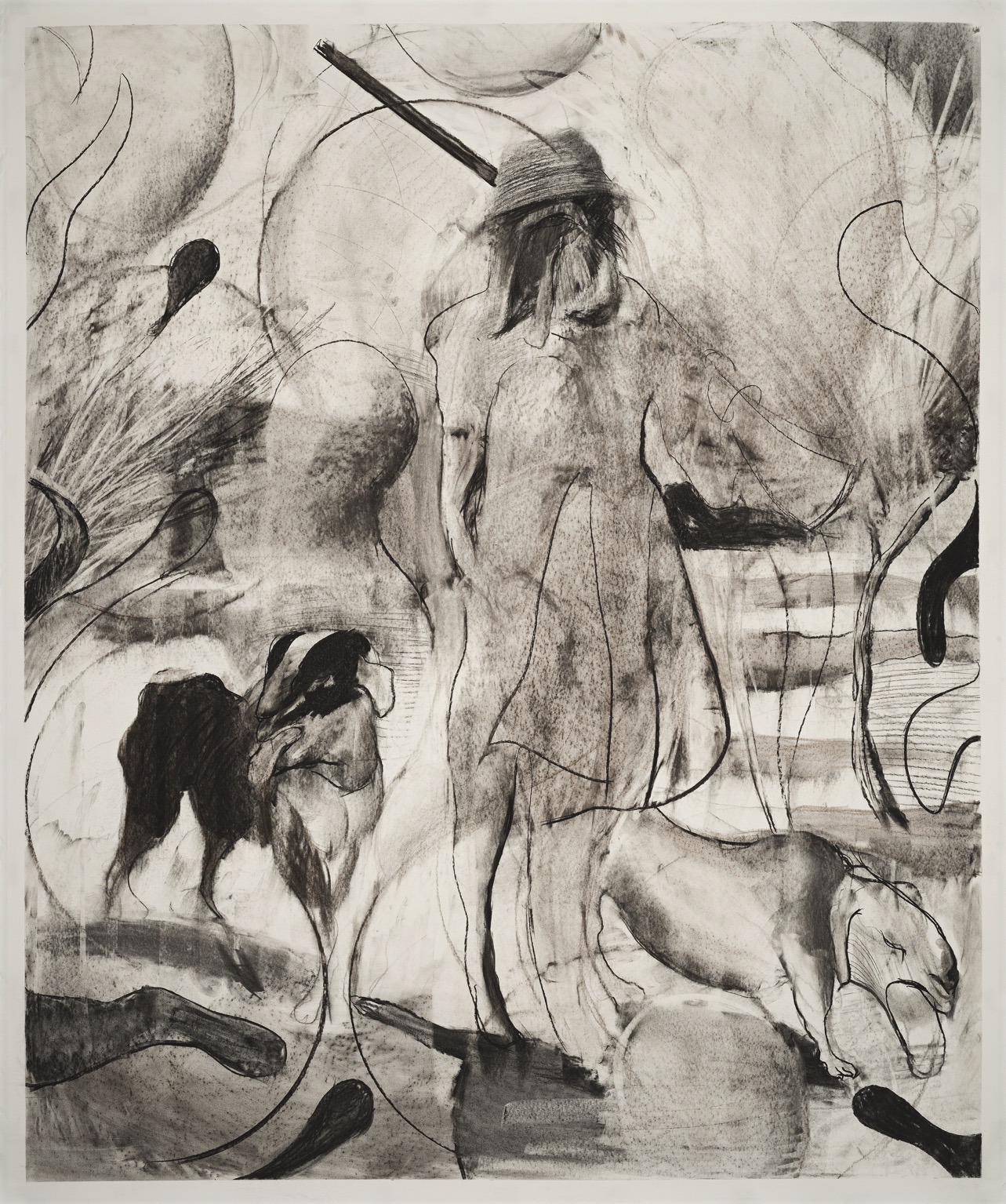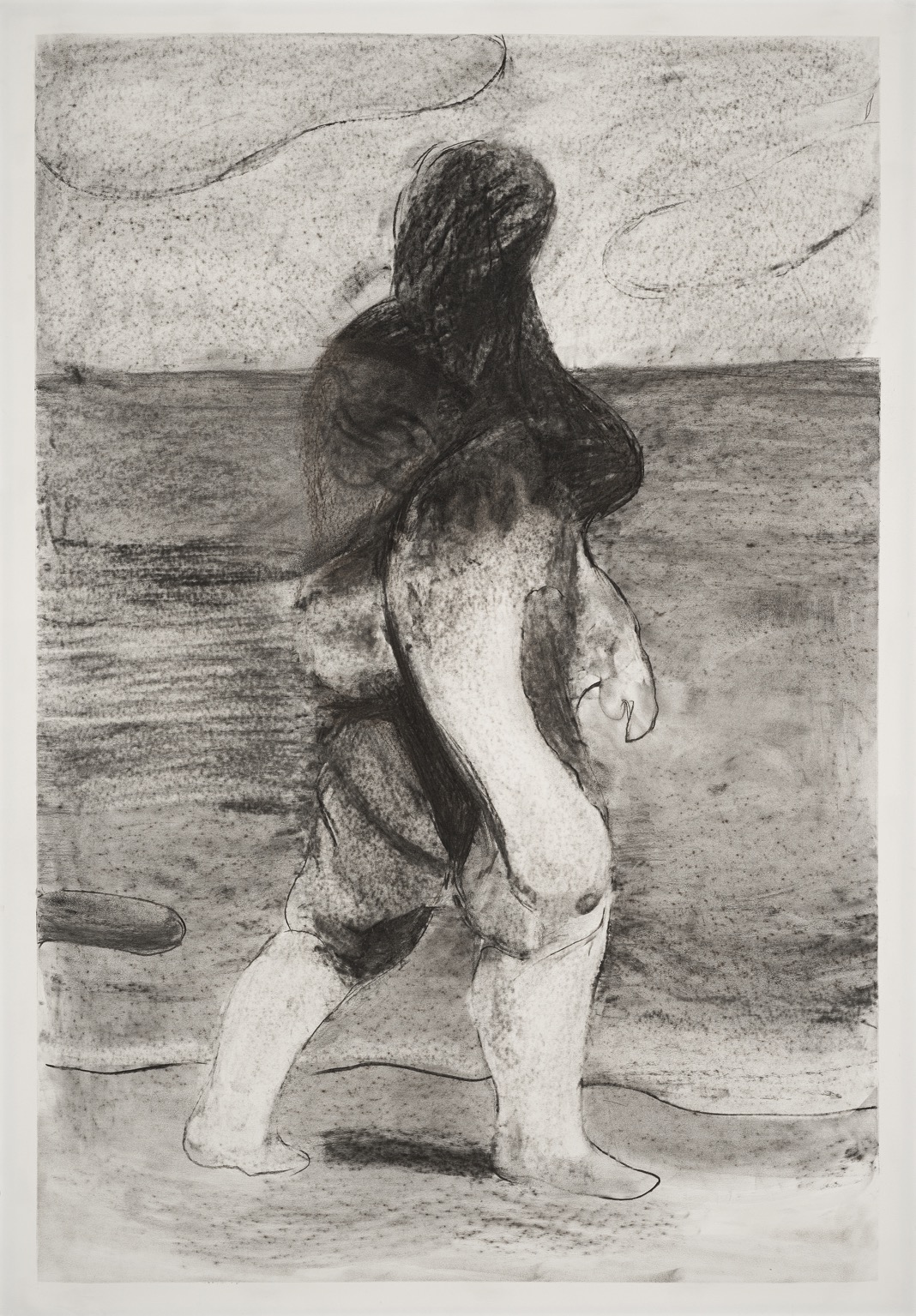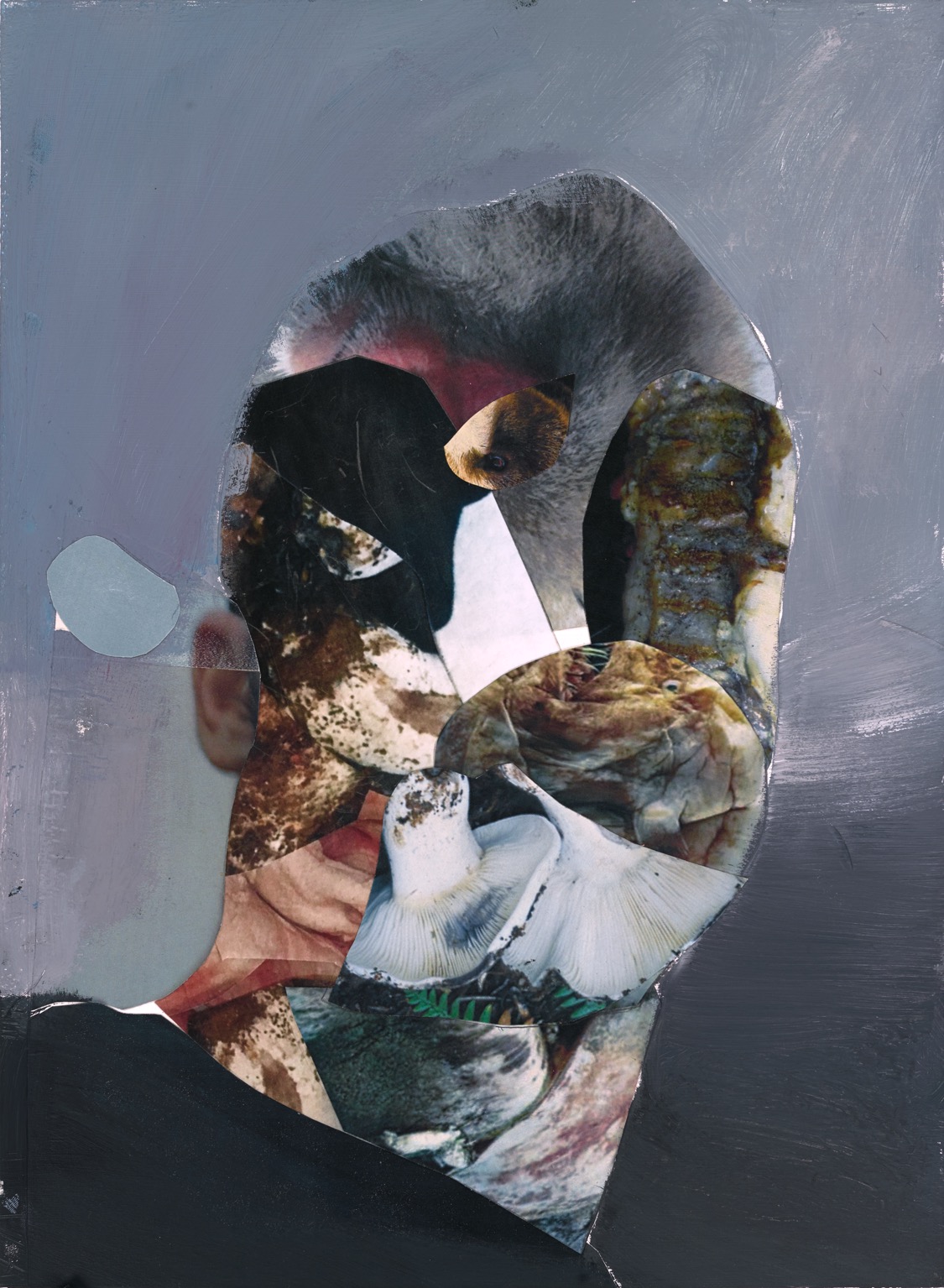Adrian Ghenie
The Graces
Works
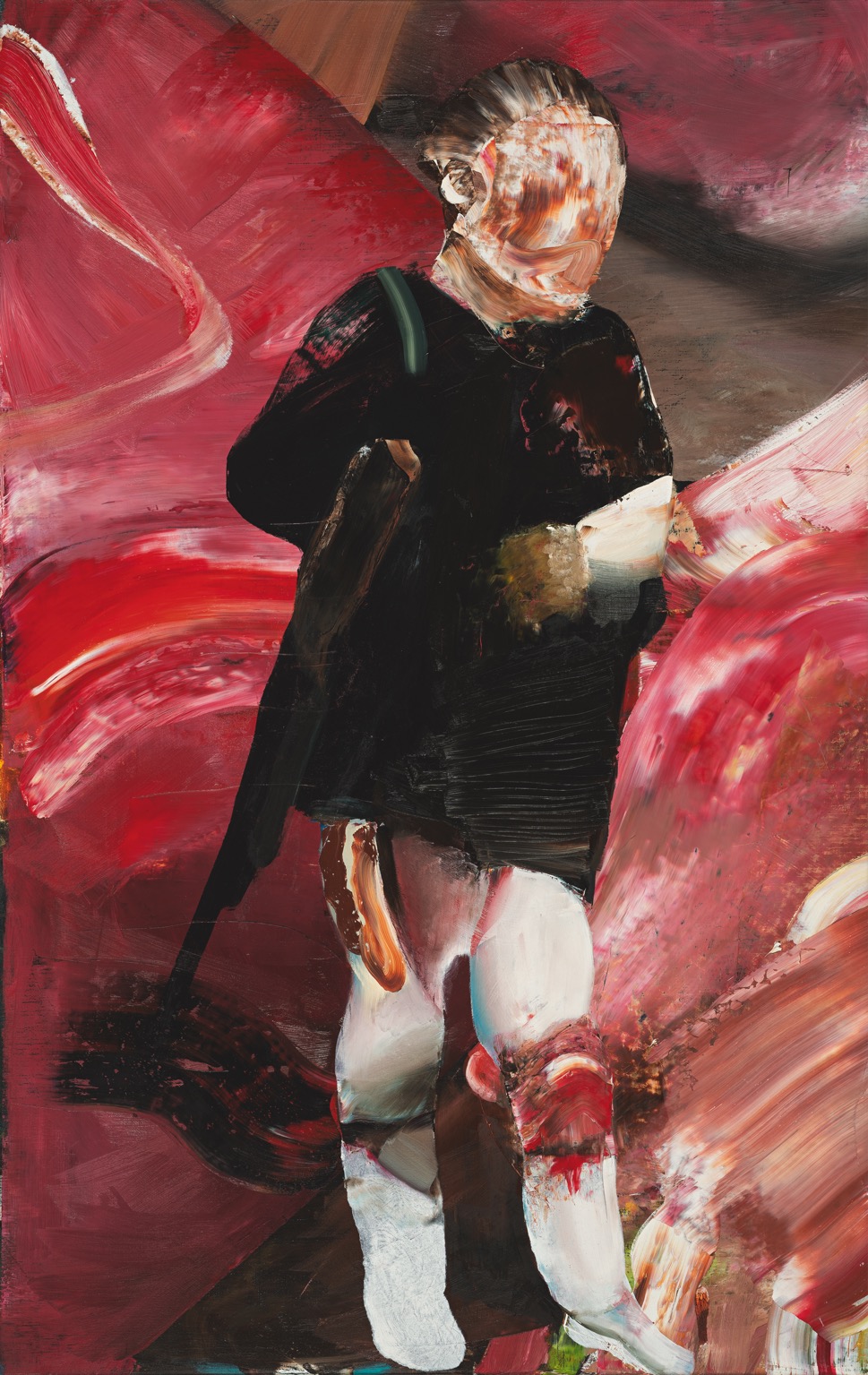
The Toy
2017
Oil on canvas
110 × 70 cm
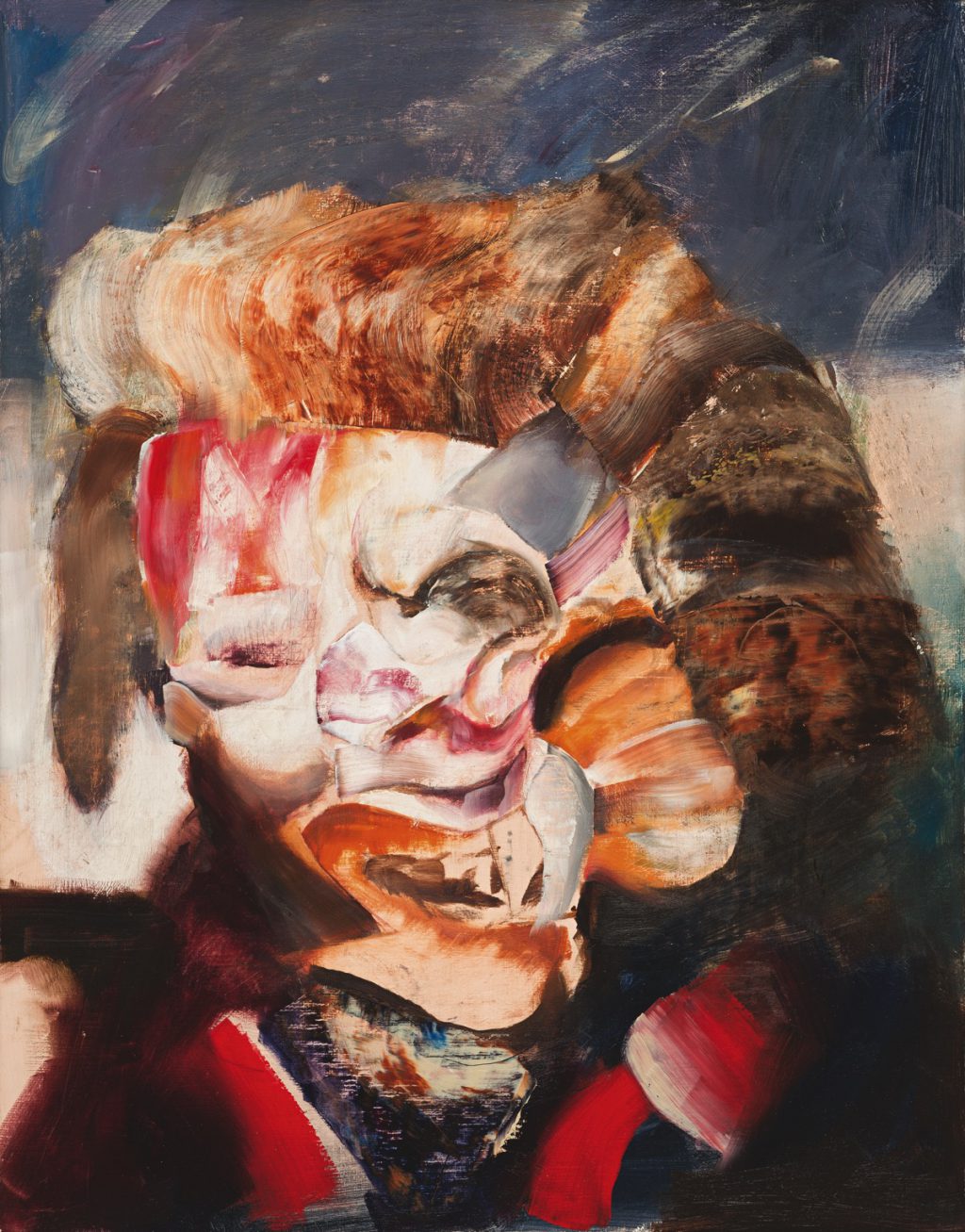
Study for “Alpine Retreat 2”
2017
Oil on canvas
51 × 40 cm
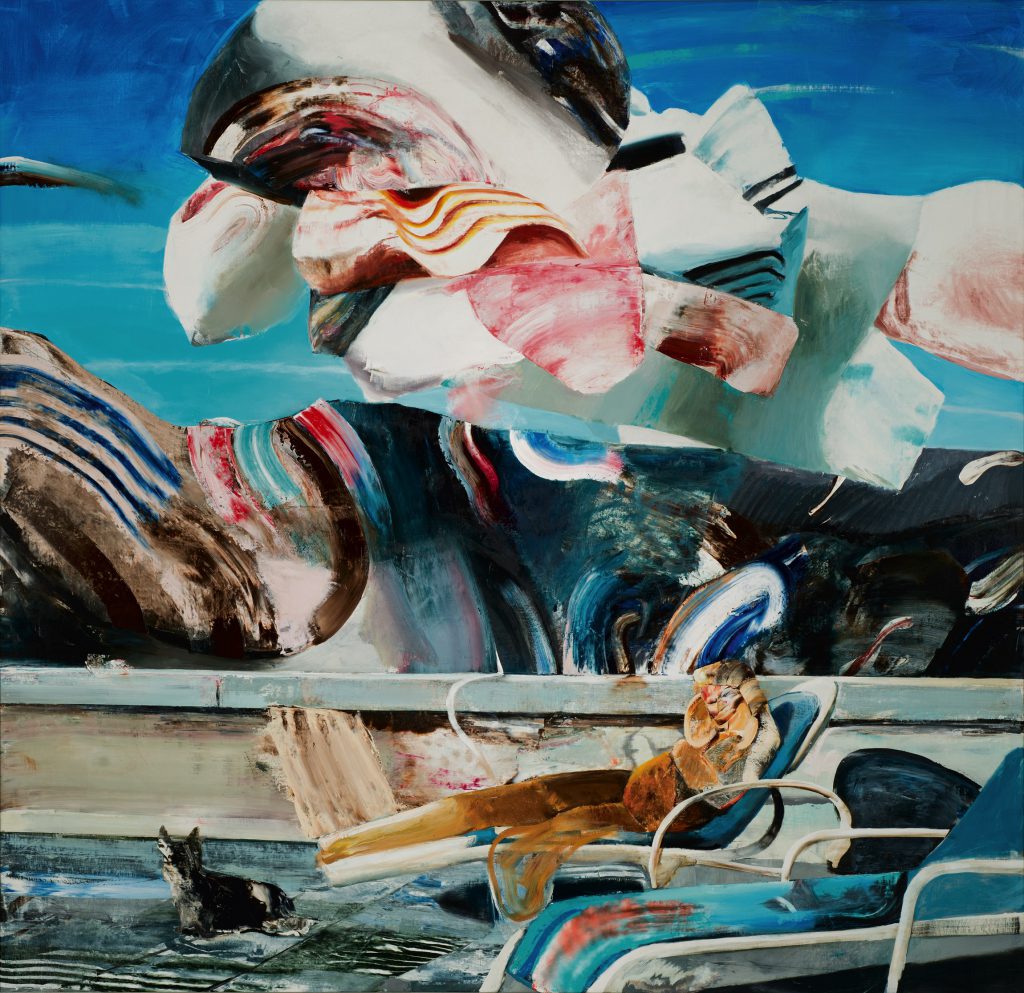
Alpine Retreat 2
2017
Oil on canvas
290 × 300 cm
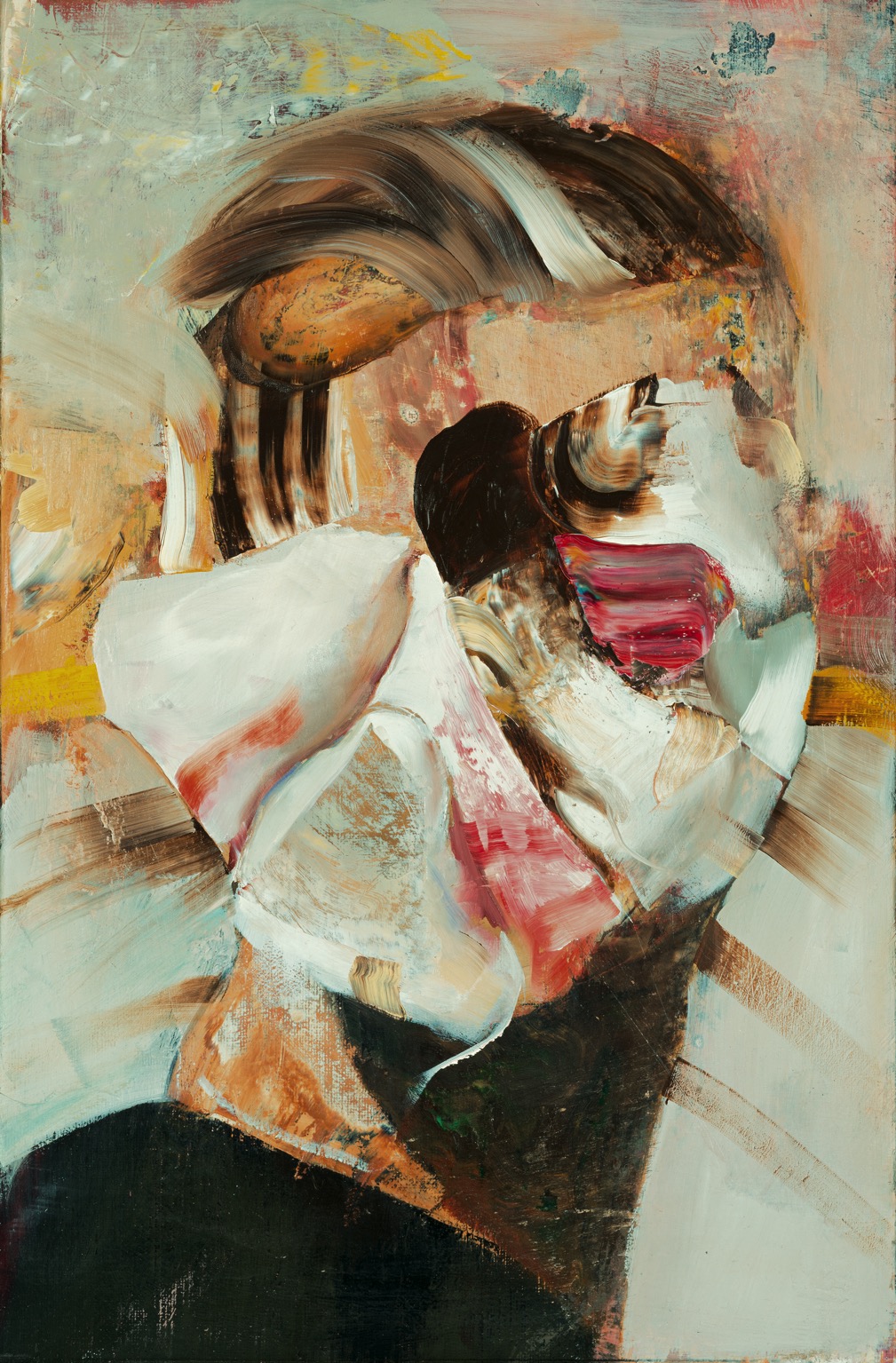
Self-Portrait
2017
Oil on canvas, mounted on wood
50 × 33 cm
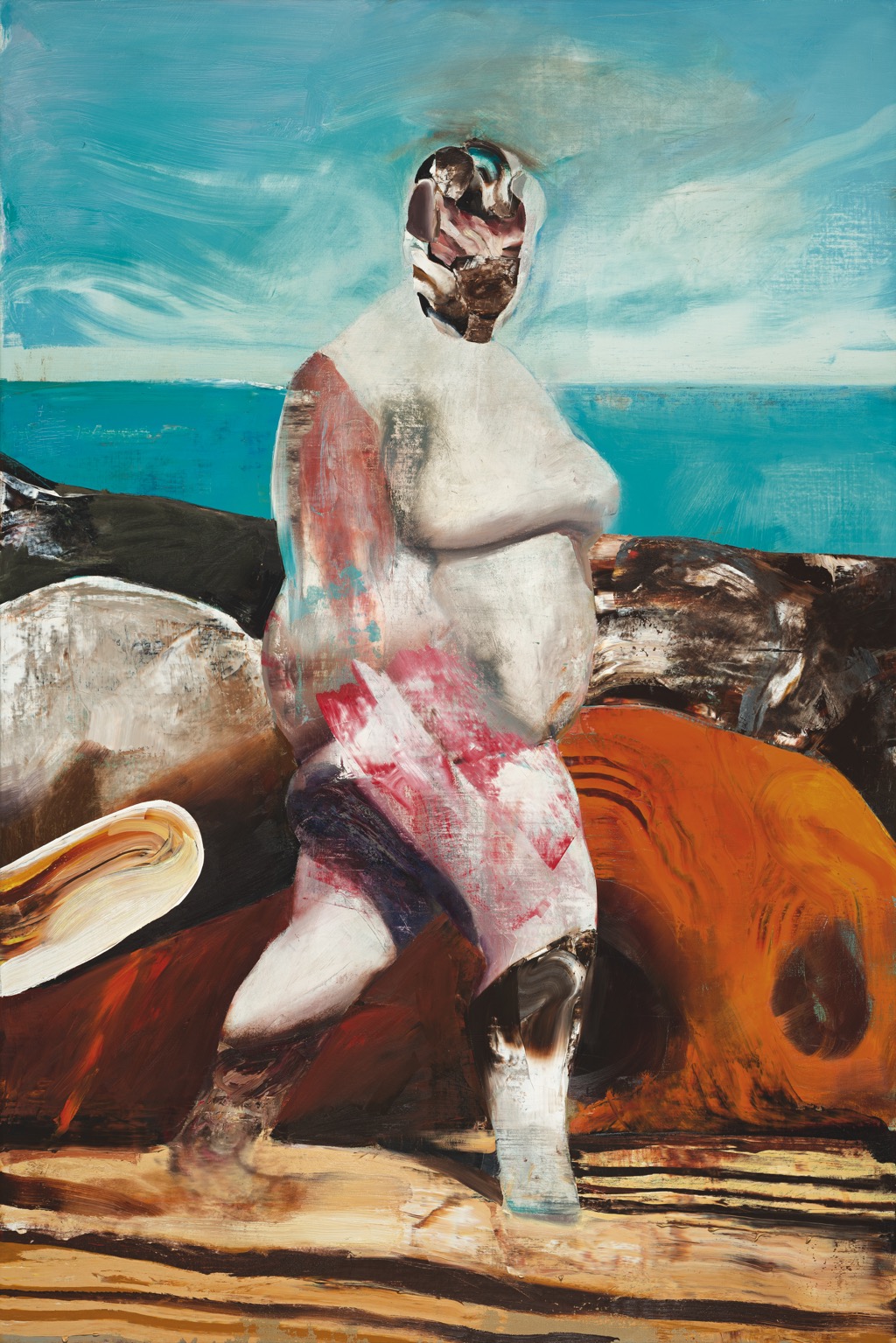
Grace
2017
Oil on canvas
210 × 140 cm
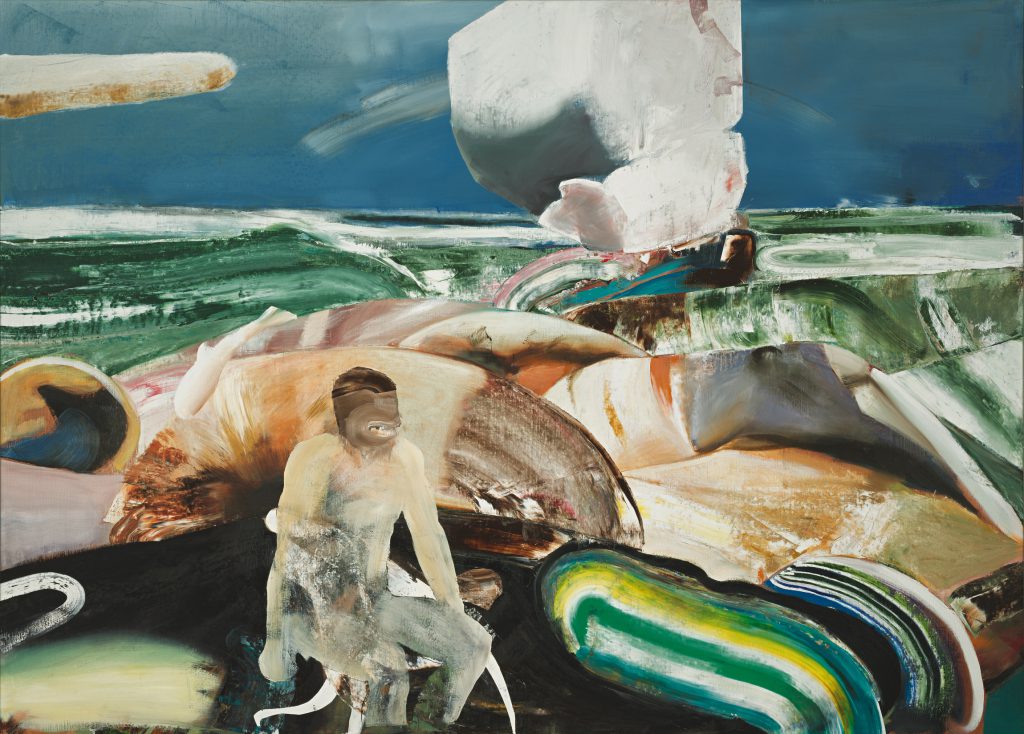
On the Beach
2017
Oil on canvas
180 × 250cm
70 ⅞ × 250cm

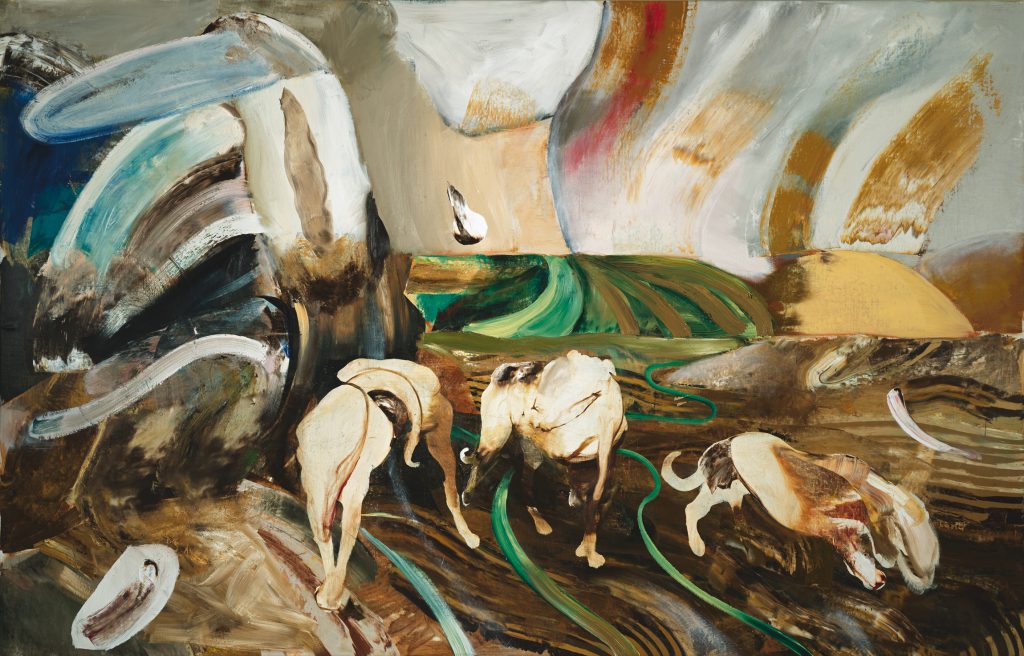
Hunting Scene
2017
Oil on canvas
200 × 310 cm
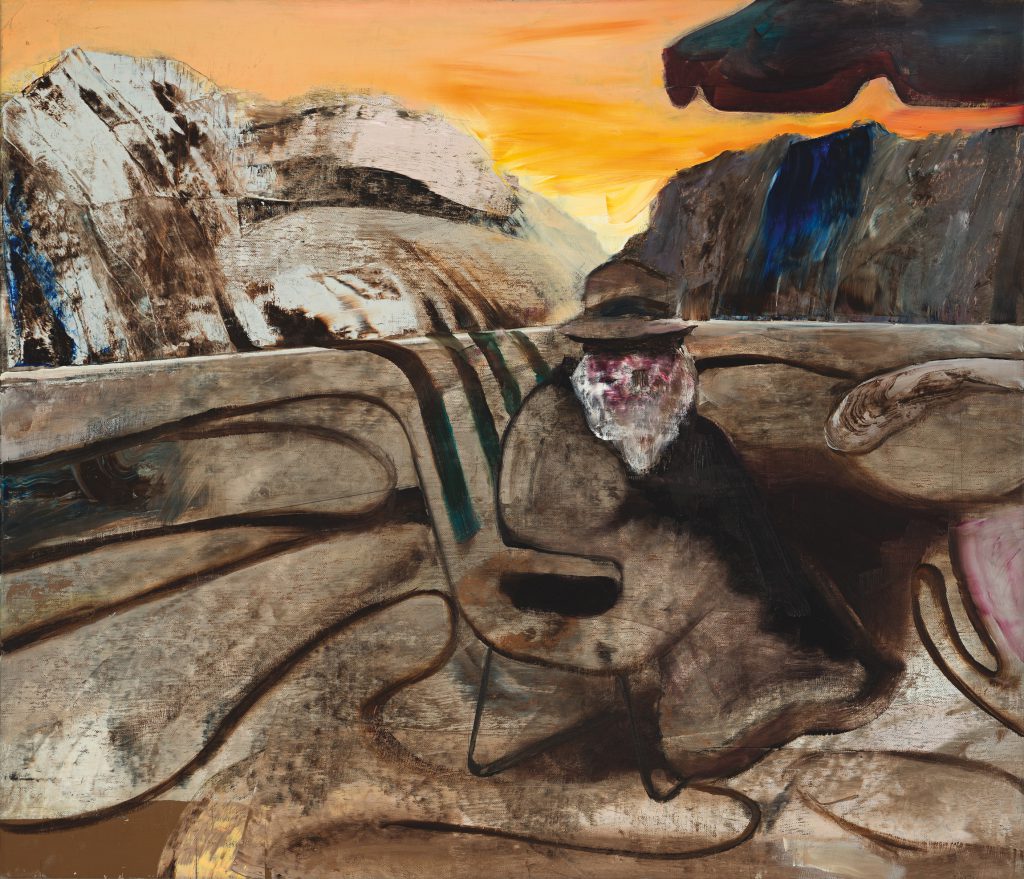
Berghof
2017
Oil on canvas
60 × 70 cm
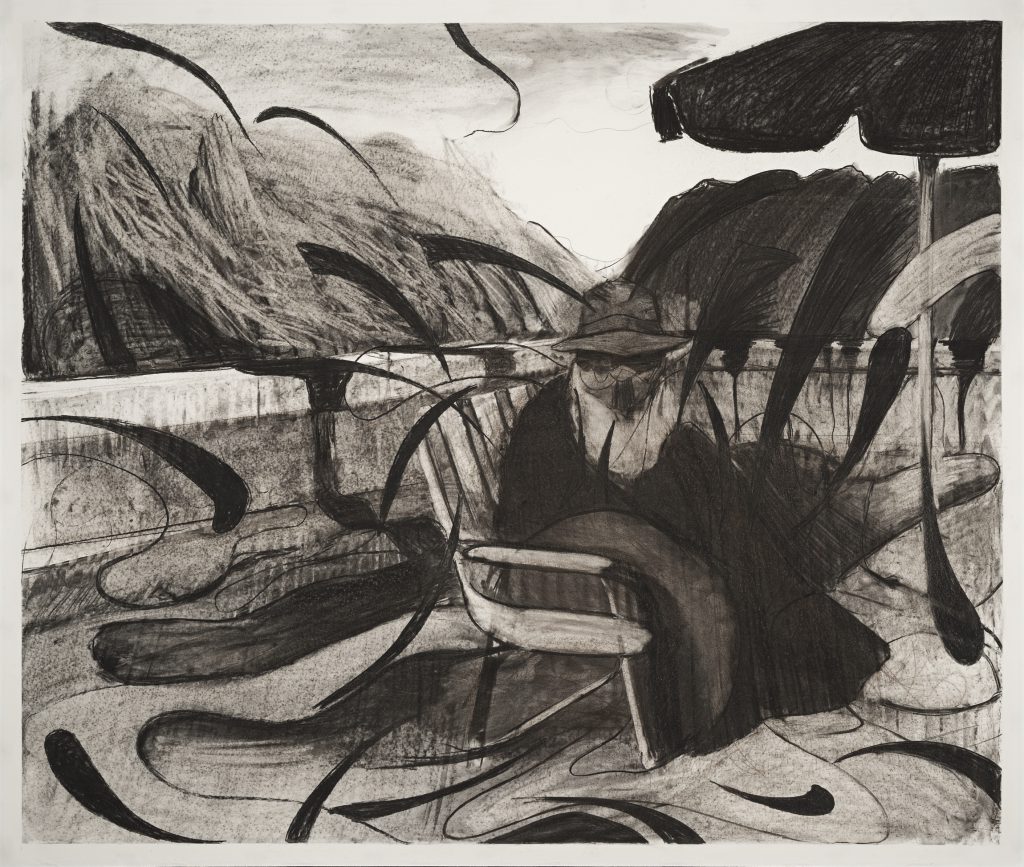
The Happy Host
2017
Charcoal on paper
150.6 × 180 cm
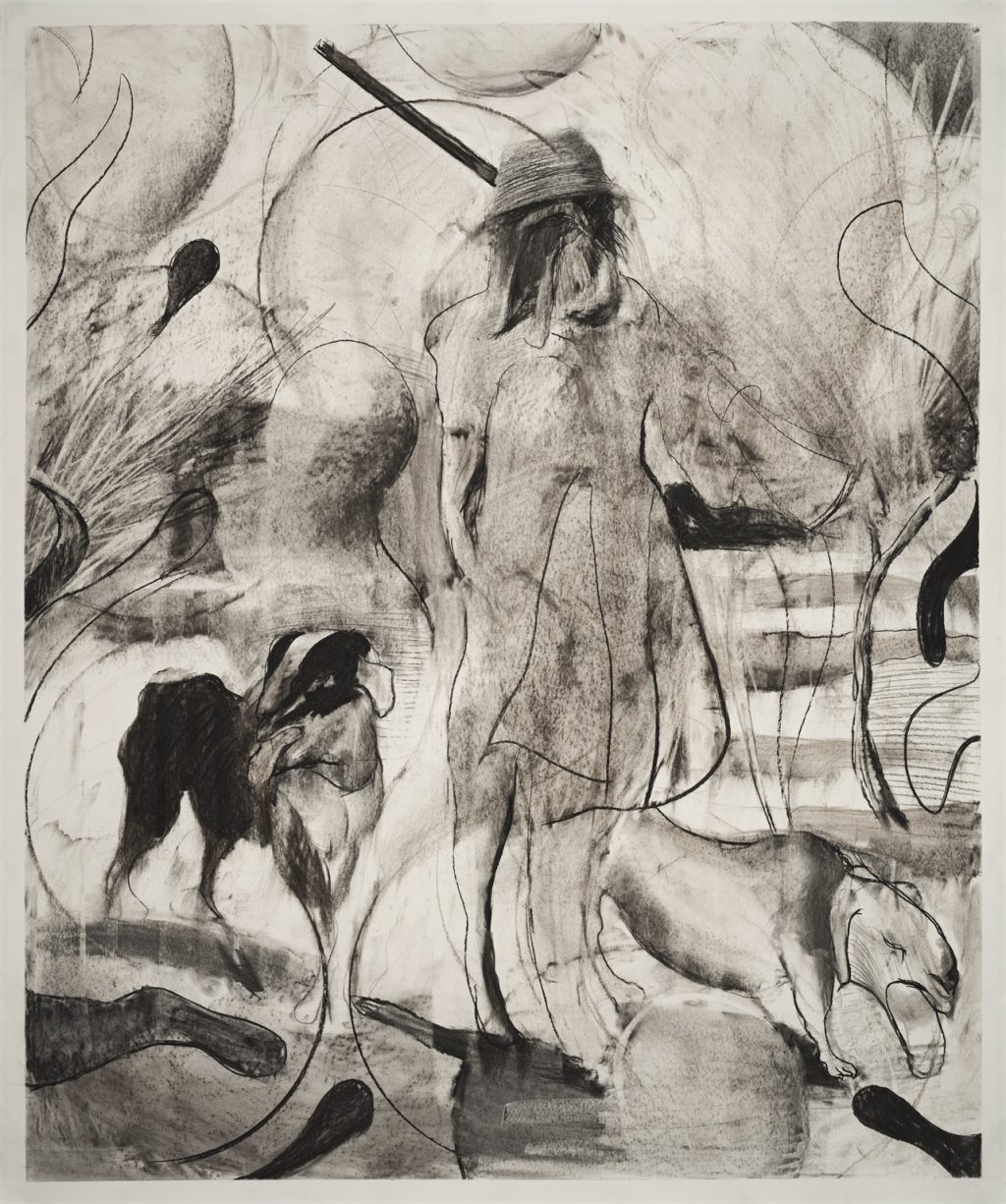
The Hunter
2017
Charcoal on paper
178 × 150.6 cm
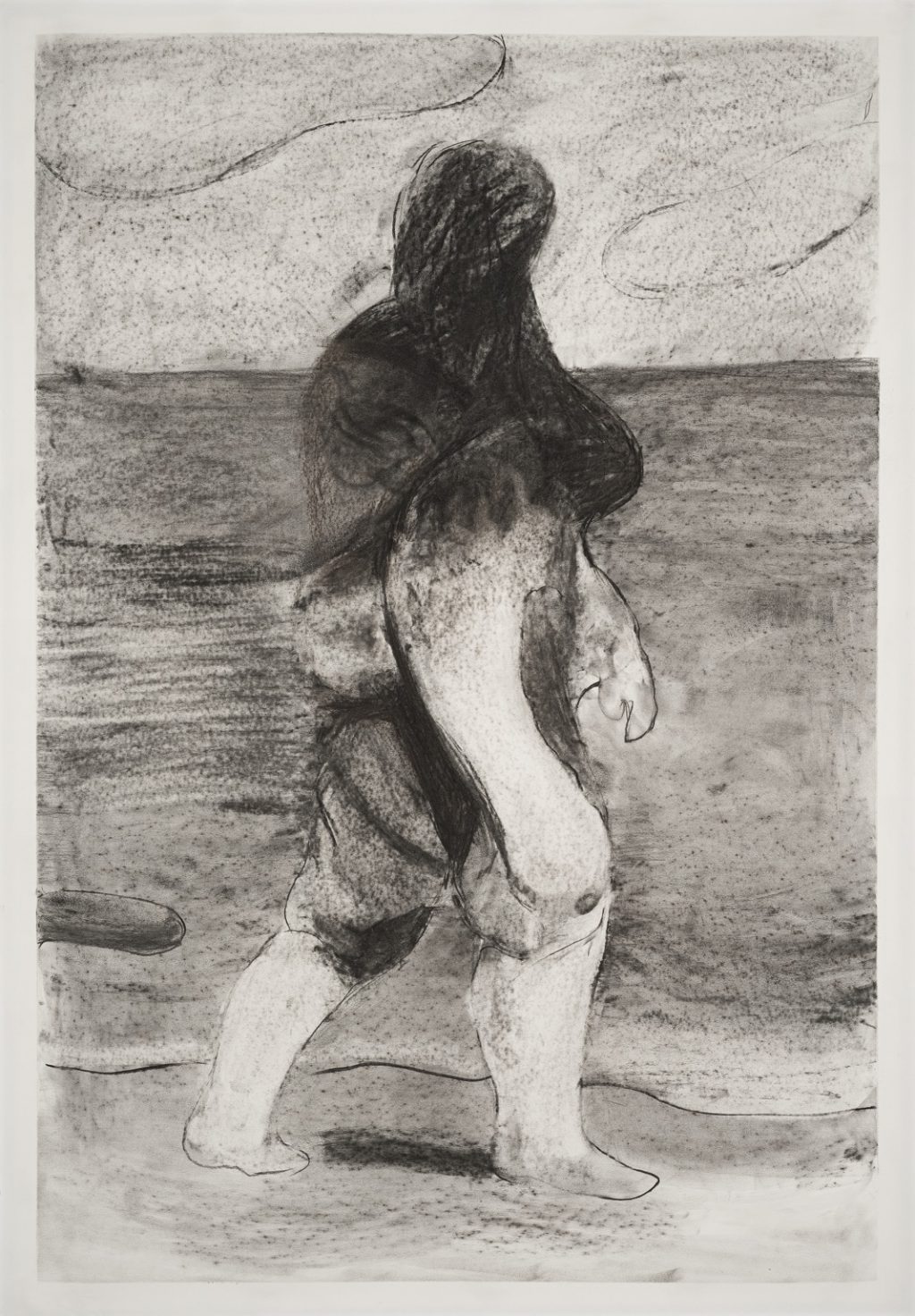
Grace
2017
Charcoal on paper
130.3 × 90.4cm
51 ¼ × 90.4cm
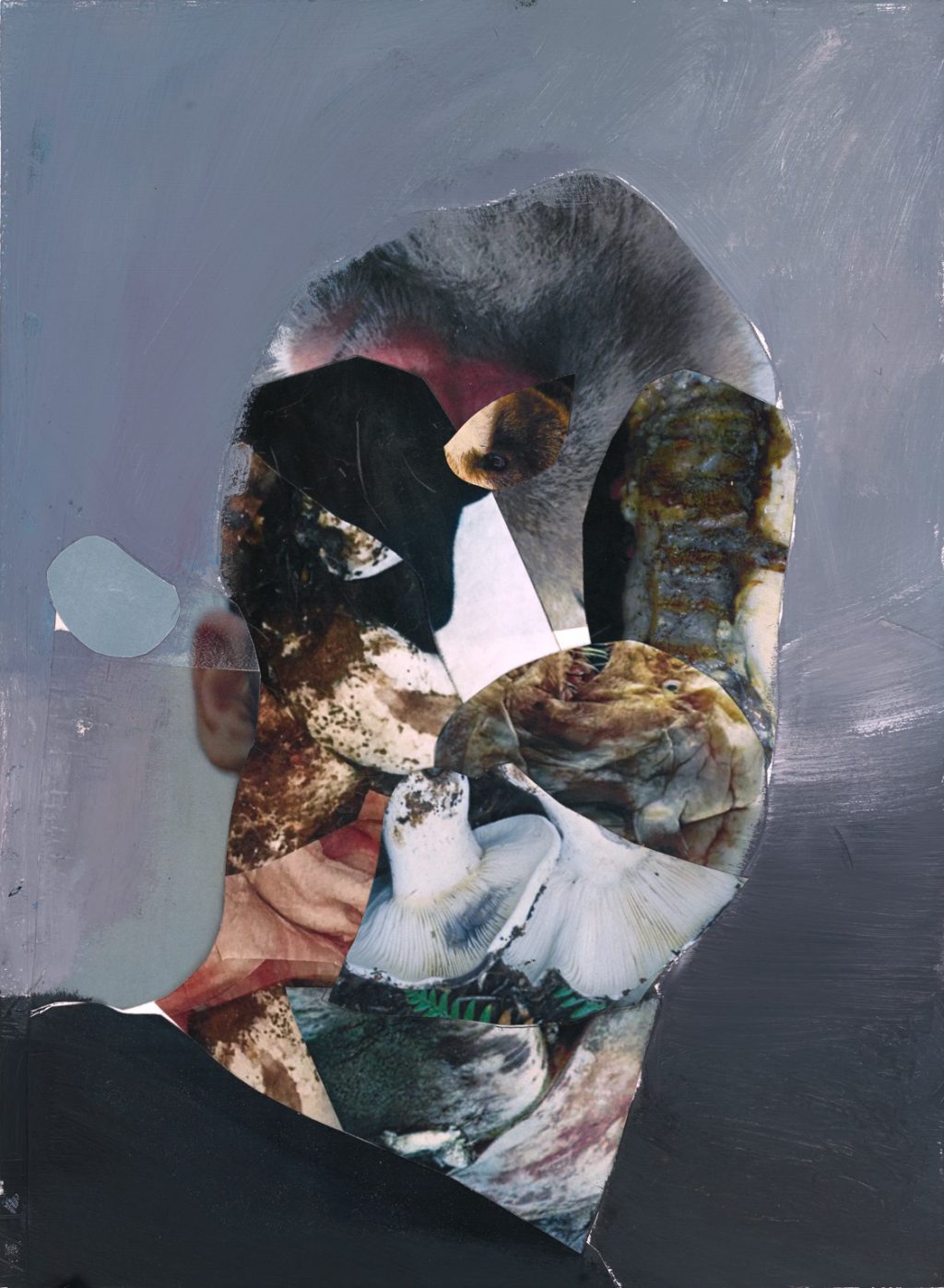
Self-Portrait
2017
Oil and collage on paper, on wood
41.2 × 30 cm
About
The opening of Adrian Ghenie’s exhibition The Graces marks – to the day – the 10th anniversary of his first solo exhibition for gallerist Juerg Judin. The works in that exhibition, Shadow of a Daydream, were all painted in muted, somber colors that upon closer inspection were revealed as rich hues of unexpected variety and depth. Created at the very beginning of his career, they attested to what would make his paintings so distinctive, relevant and ultimately influential: his ability to stage his personal experience of history, an understanding of the collective memory and his profound knowledge of art history in complex, multilayered and suggestive paintings. In the ten years that followed this auspicious beginning, Ghenie’s paintings have gained color and materiality – at the same time as they have become more abstract. He applies paint in broad brushstrokes, only to scrape it off the canvas. The richly textured surfaces are the yield of what could be described as ‘action painting’, revealing the scars of the tackling that occurs during the artist’s battle with his subject. In his endeavor to fuse image and painting, Ghenie welcomes ‘accidents’, alternating between action and reaction.
In The Graces, Ghenie is not presenting a homogenous group of works, as regards either the subject matters or the media he uses. As is often the case in his gallery exhibitions, Ghenie combines revisitations of subjects that he has explored in previous exhibitions with entirely new pictorial inventions. Seasoned visitors of Ghenie exhibitions know that they will experience both, the pleasure and comfort of recognition, as well as the shock of the new. In this exhibition (and the simultaneous exhibition at Galeria Plan B), Ghenie reveals his skills as a draftsman in a group of large charcoal drawings. This surprising and highly successful foray into a, for him, new technique concerns both the continuation of the Berghof series, and the new thematic groups.
Continue reading
Ghenie’s fascination with the Berghof, Hitler’s holiday retreat in the Bavarian mountains, can be traced back to a painting he made in 2008. It showed an untidy stack of presumably stolen paintings left behind by Nazi leaders. The next Berghof, painted in 2012, did not allude to the chaos of the inglorious end of Hitler’s rule, but rather showed a peaceful scene with a seated male figure on the famous terrace, looking onto the spectacular alpine panorama. In the new Berghof paintings, the monumental Alpine Retreat 2, Study for ‘Alpine Retreat 2’ and Berghof, as well as the large charcoal drawing The Happy Host and the collage The Way of All Flesh, Ghenie returns to the iconic terrace. It is the unsettling historical footage of Hitler as a family man, friendly uncle and caring partner of Eva Braun, that fuel the artist’s imagination. All the while, the fact that in Alpine Retreat 2 Eva Braun can be seen as being pregnant starts off a whole different movie in the viewers mind.
Both the large painting Hunting Scene and the charcoal drawing The Hunter are based on a typical genre painting by a minor Dutch master, which Ghenie discovered in the Hermitage. In it, a well-dressed huntsman, flanked by his loyal dogs, stands in a graceful pose and looks confidently at the viewer. In the drawing, Ghenie picks up on this figure’s grace, disclosing the possible origin of the composition. In the painting, however, only the dogs are distinguishable, in the foreground of a furious landscape. Rampant abstraction has gained the upper hand in this composition.
Beauty of a more concealed nature emerges from the painting Grace and the charcoal drawing of the same title. The figure of the walking woman, if it is indeed a woman, reminds us of the voluptuousness that was the definition of female beauty in the days of Rubens. Ghenie is reflecting on the preeminence of light skin (i.e. the ‘Caucasian race’) in art history. It’s not just European art that favored a white complexion. In Asian art from past centuries, the depiction of human flesh rarely relates to the darker skin color of the local populations. This is a phenomenon that Ghenie intends to address in future works. The figure’s lateral pose is atypical in Western art history – it reminds us of Muybridge’s pioneering photographic studies of motion. And indeed, the painting is based on a black & white photograph of the artist’s mother walking on a Black Sea beach.
In The Toy, the whiteness of the figure’s skin contrasts sharply with the rich reds of the background. The figure’s gender is unclear, but since it has shouldered a rifle, we assume it’s a boy. Like the female figure in Grace, the body in this painting seems overexposed by an unlocatable source of light.
The three self-portraits in the exhibition are a continuation of Ghenie’s examination of his own physiognomy. Recently, the portrayals have become more and more deconstructivist. In the painting On the Beach, we see him sitting in front of a spectacular seascape. It, too, is composed in a deconstructivist manner, made up of oddly shaped elements in colors that we don’t necessarily associate with water. The artist has painted himself faceless, recognizable only by his silhouette, familiar from many other self-portraits. His desire to merge his own face with that of a historical figure (Darwin, van Gogh, Hitler) or an animal seems to have given way to a more existentialist inquiry into human nature – using his own face as readily available stand-in for the common man.
